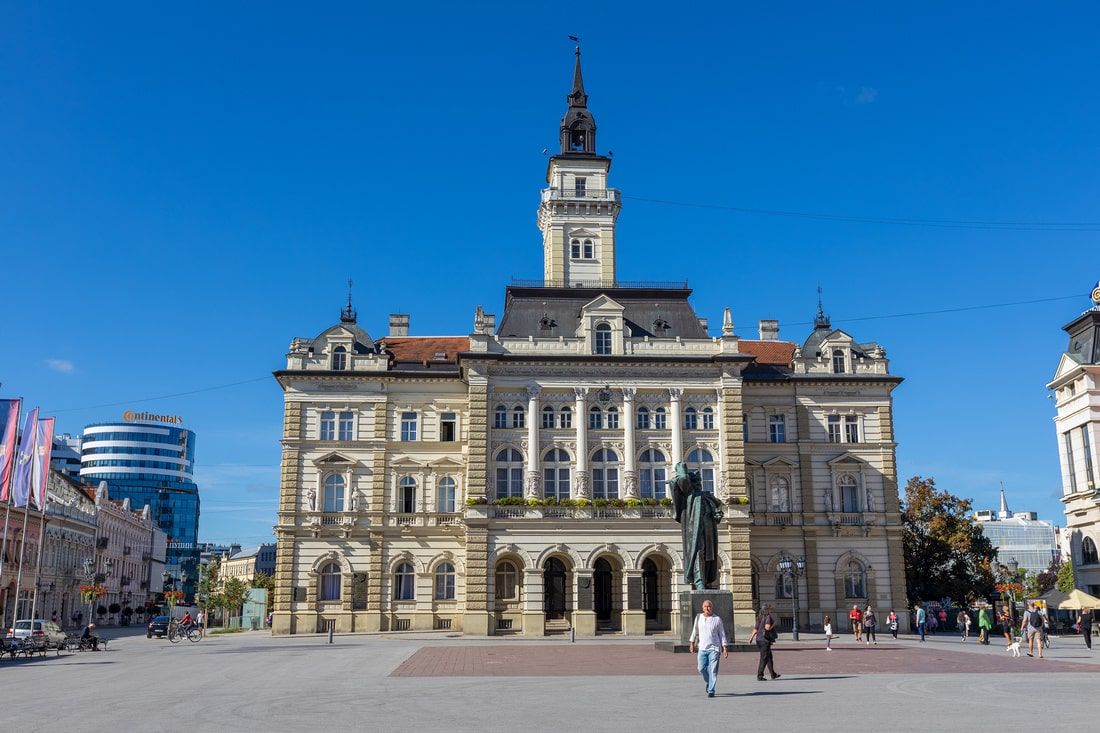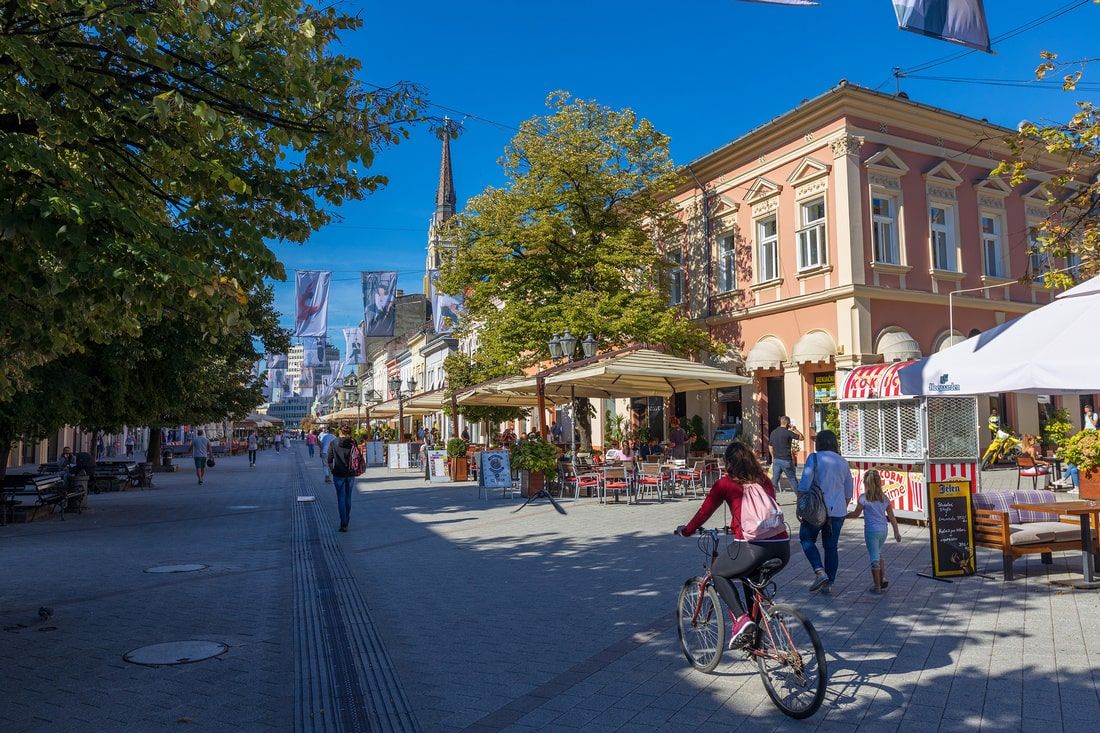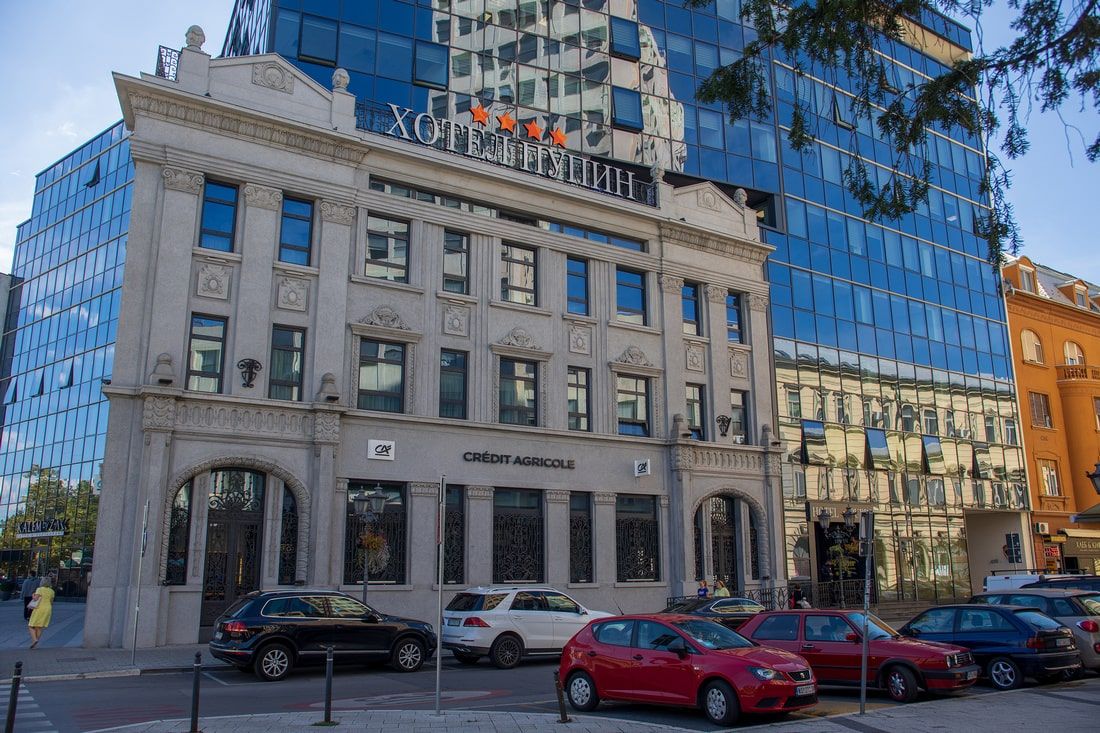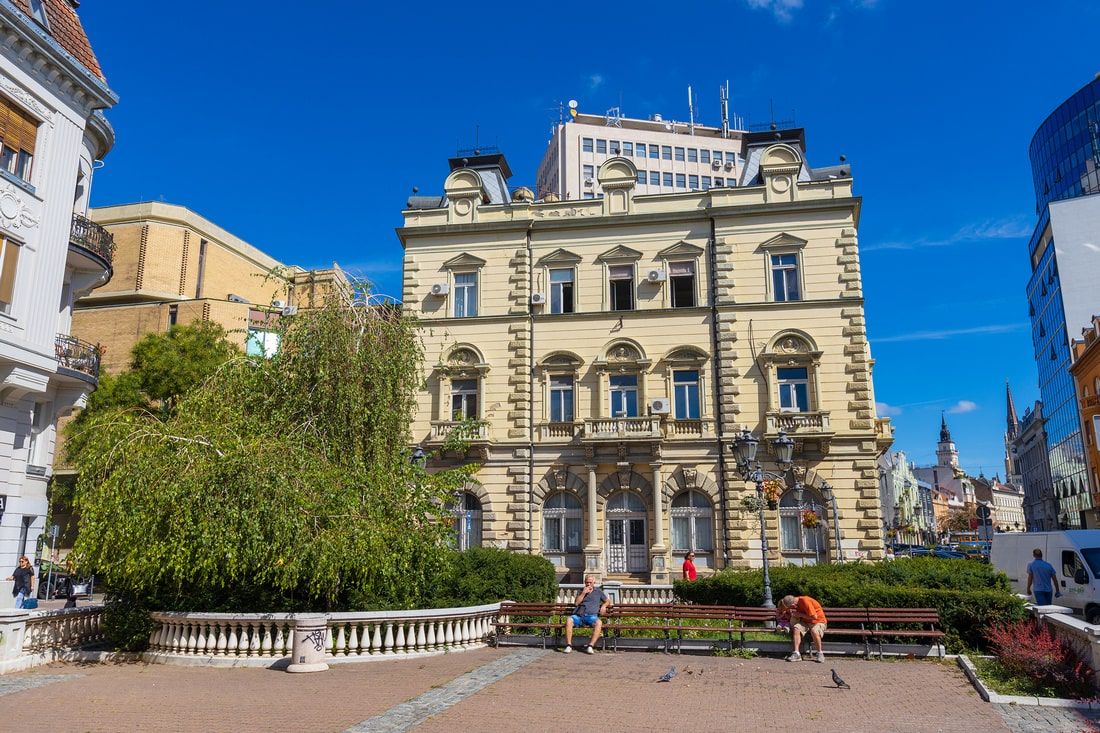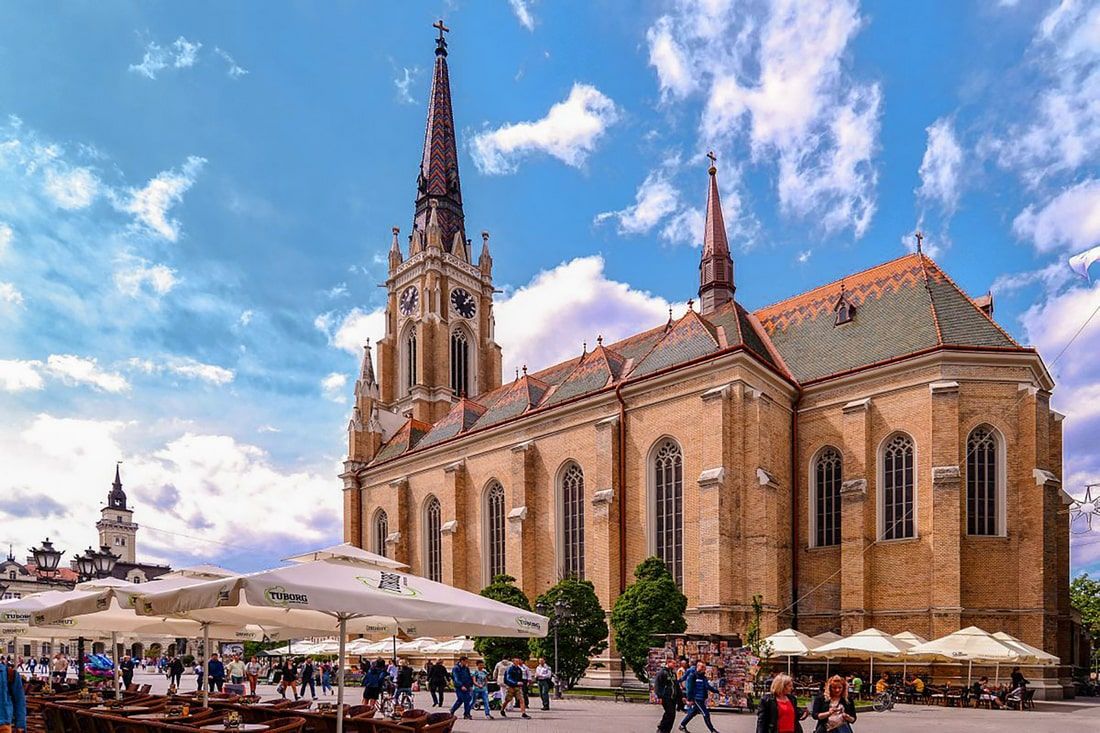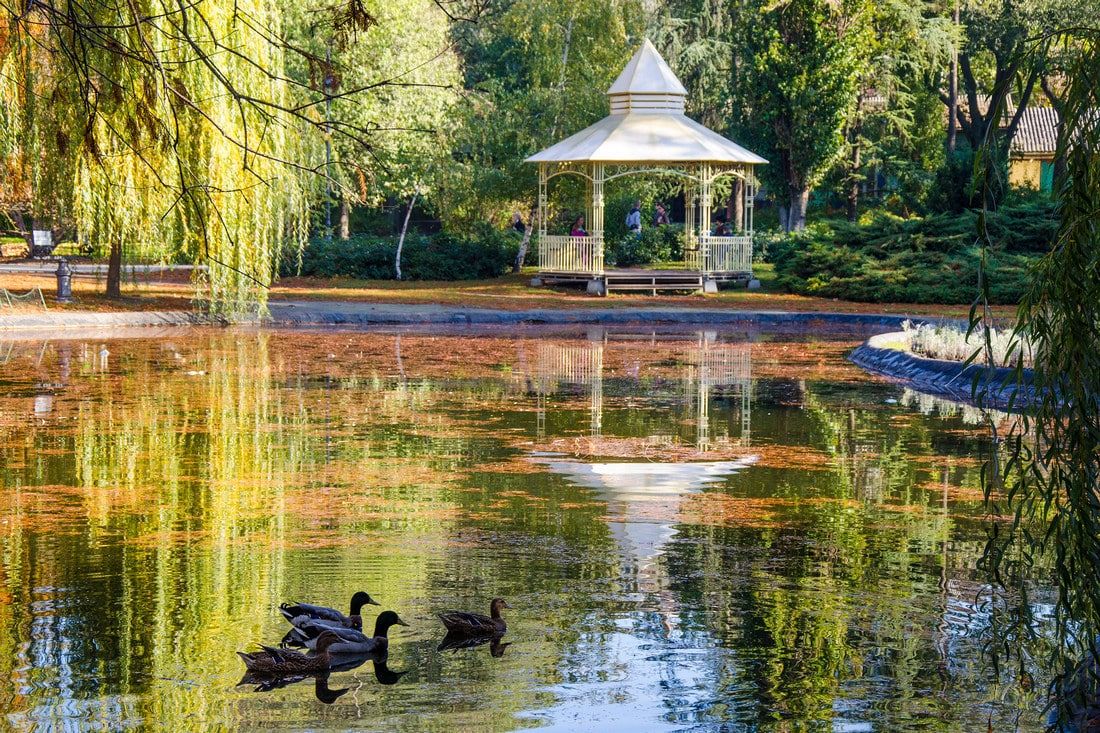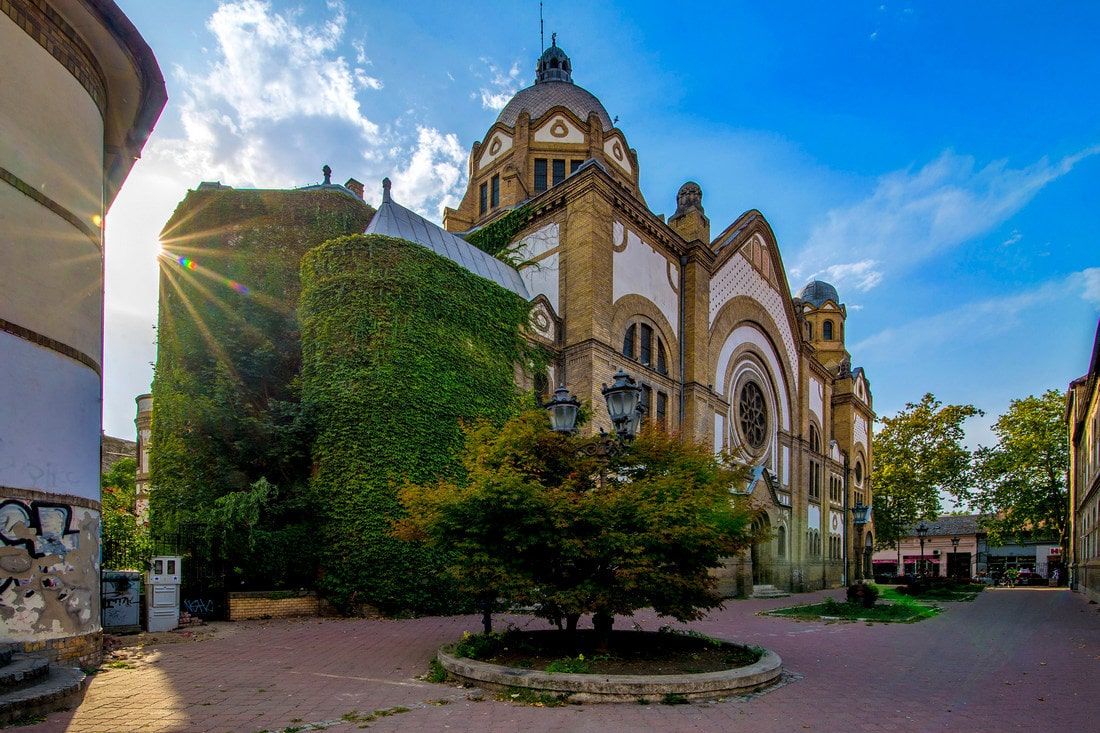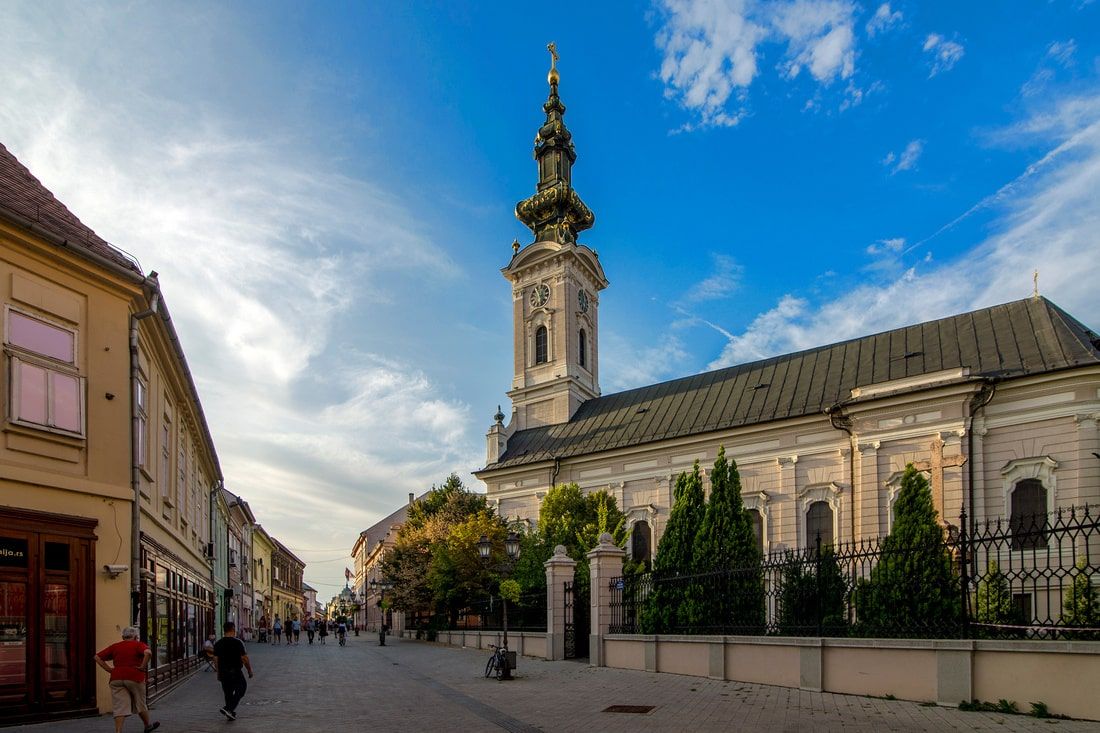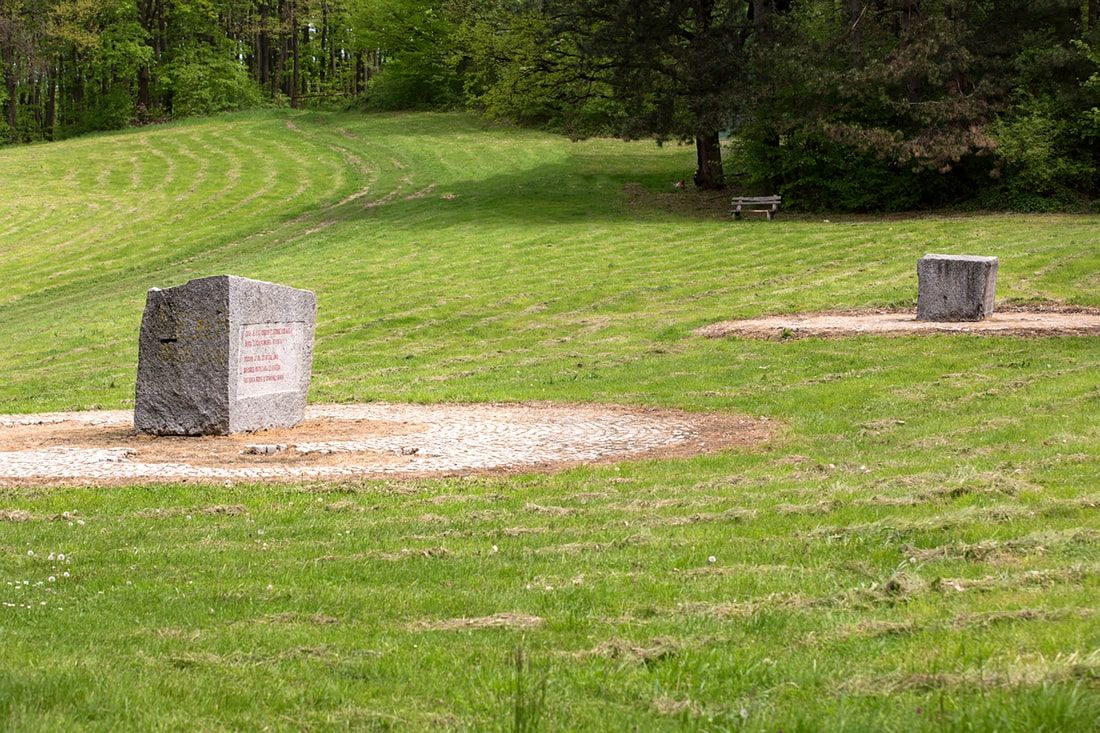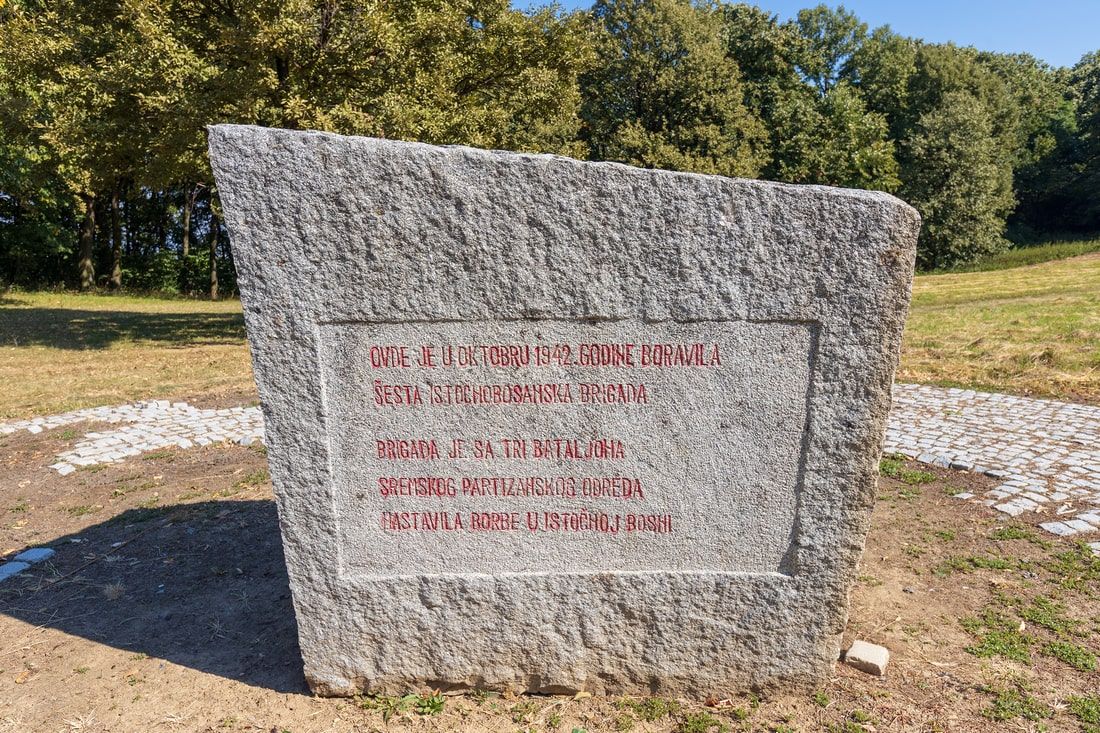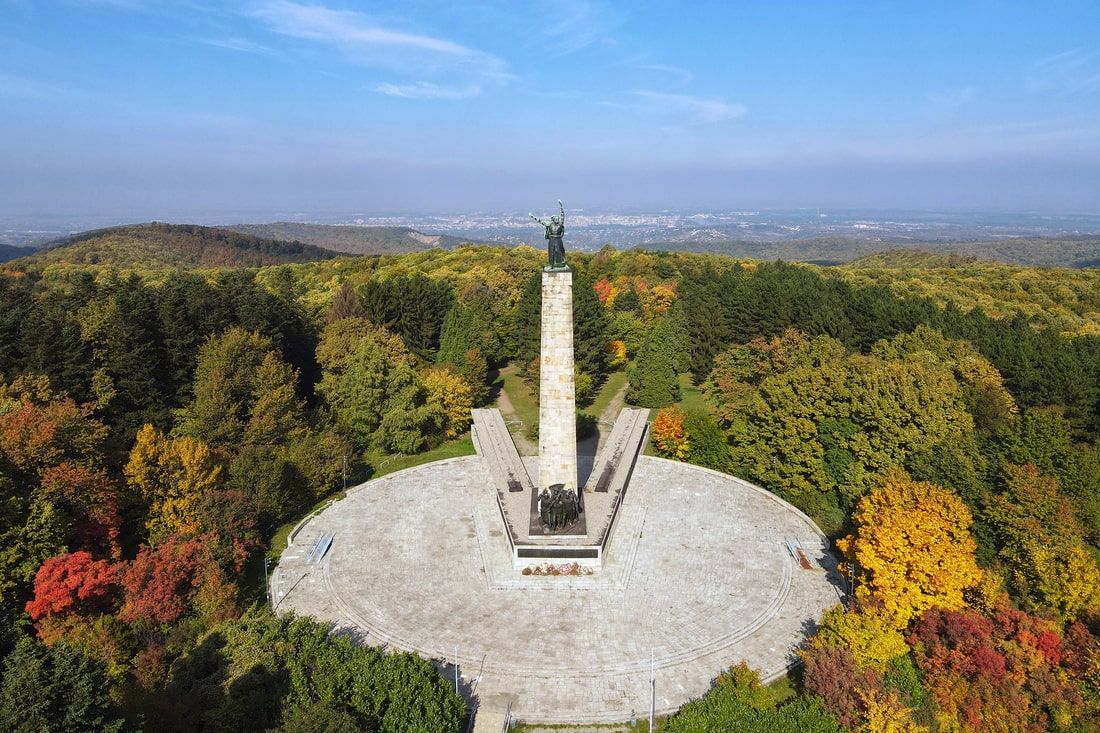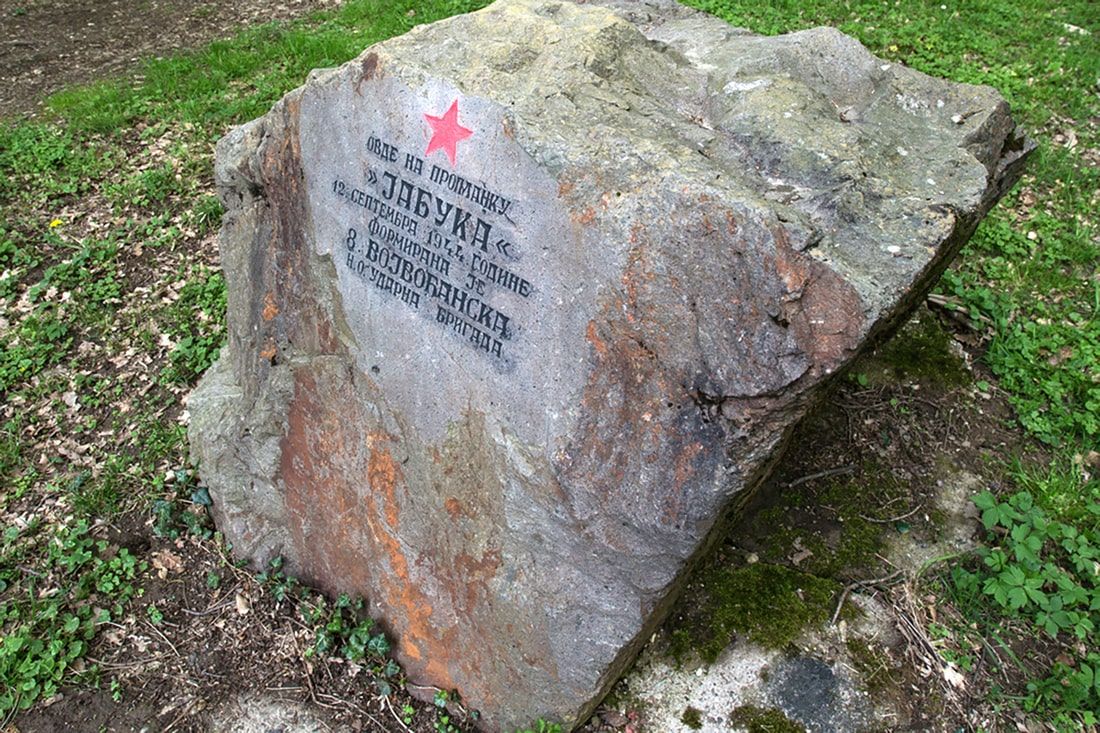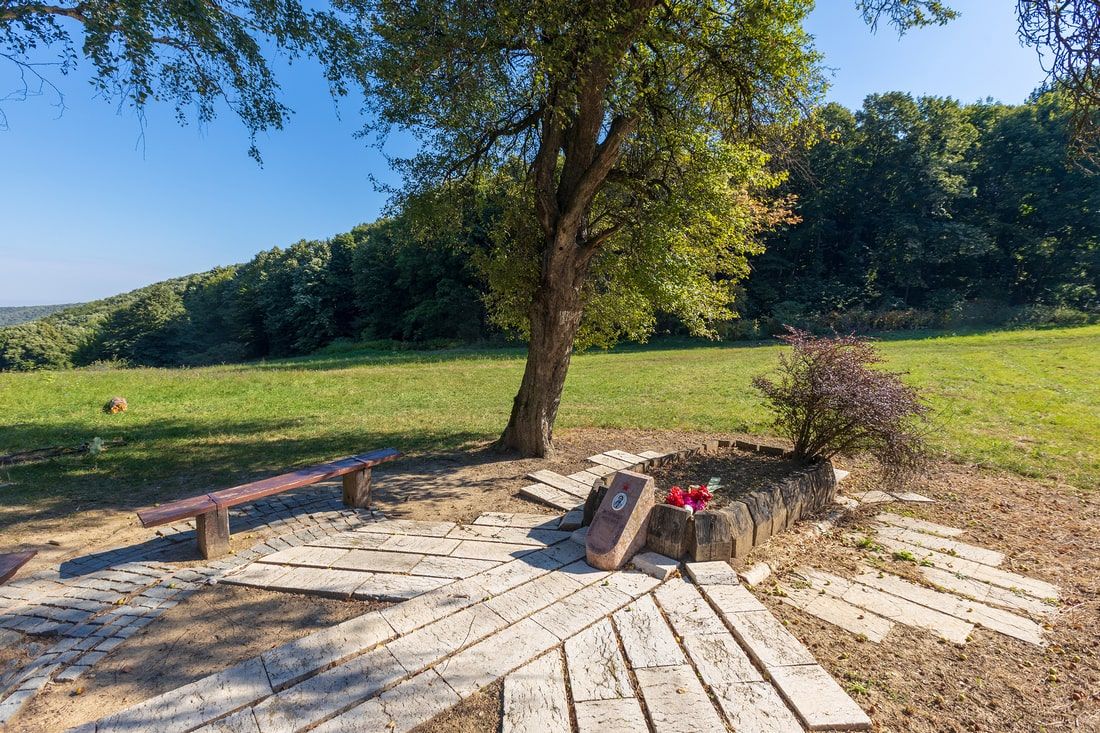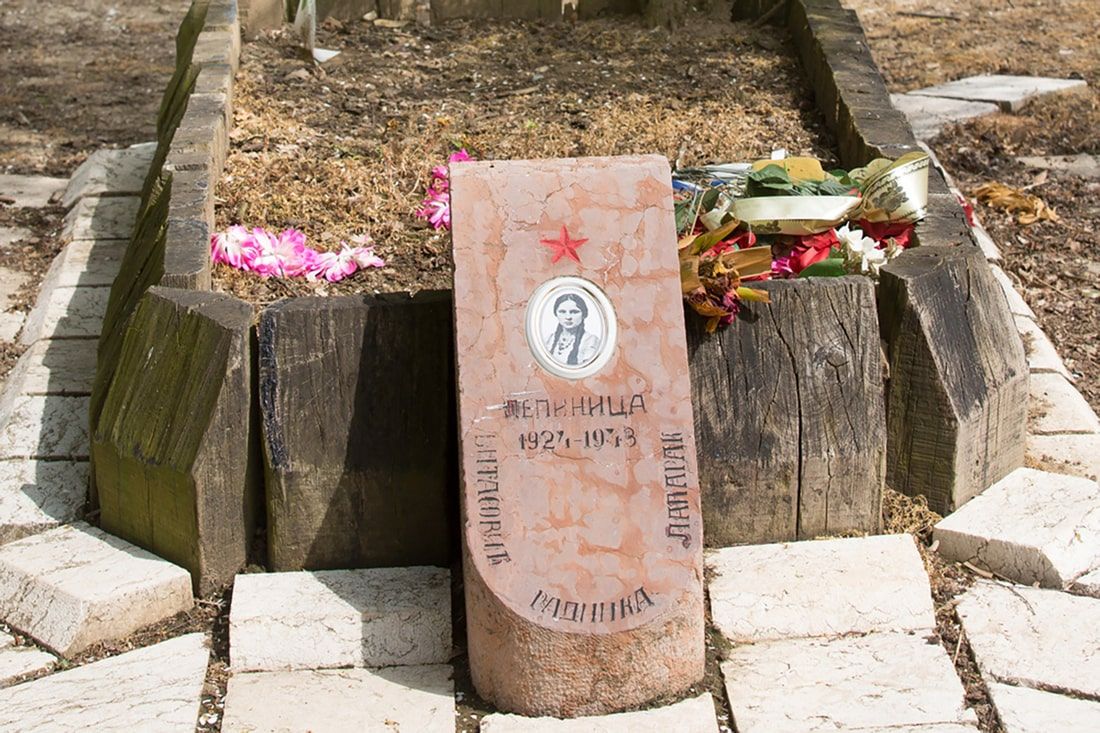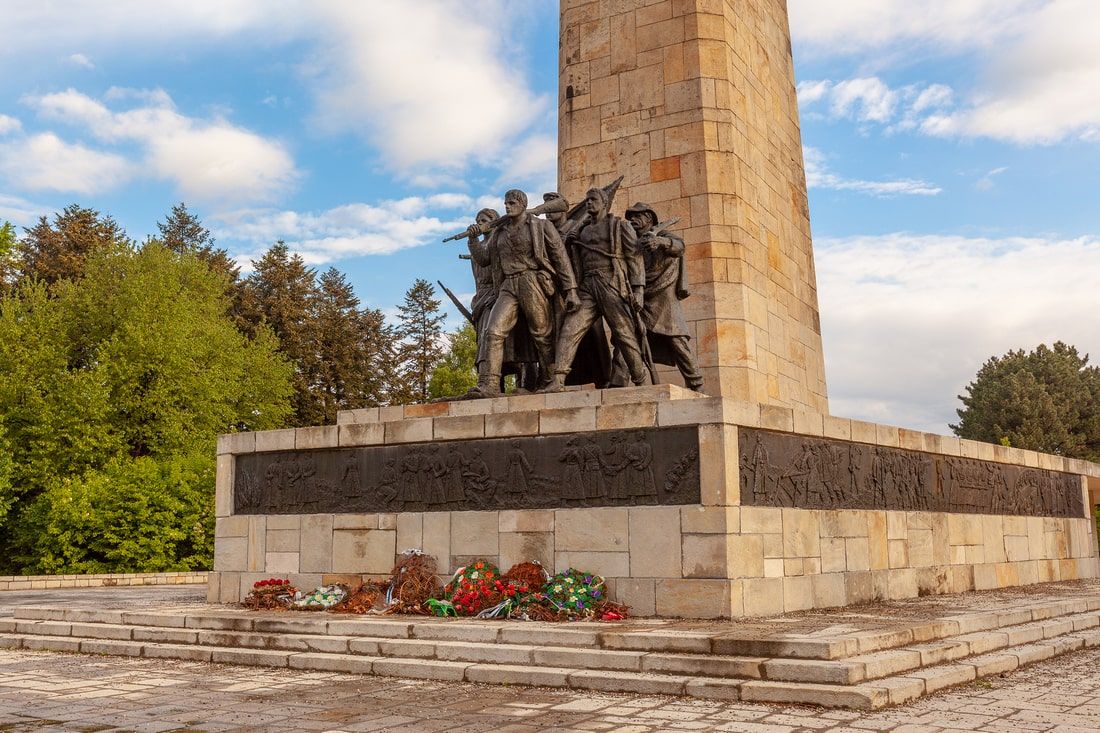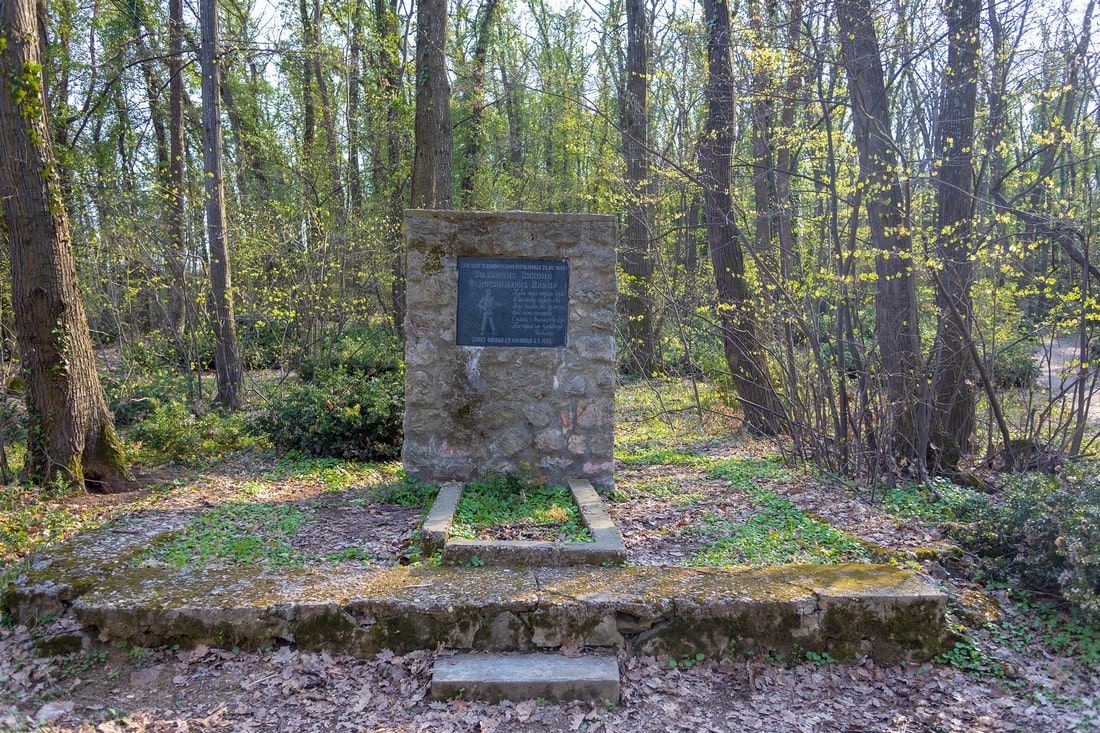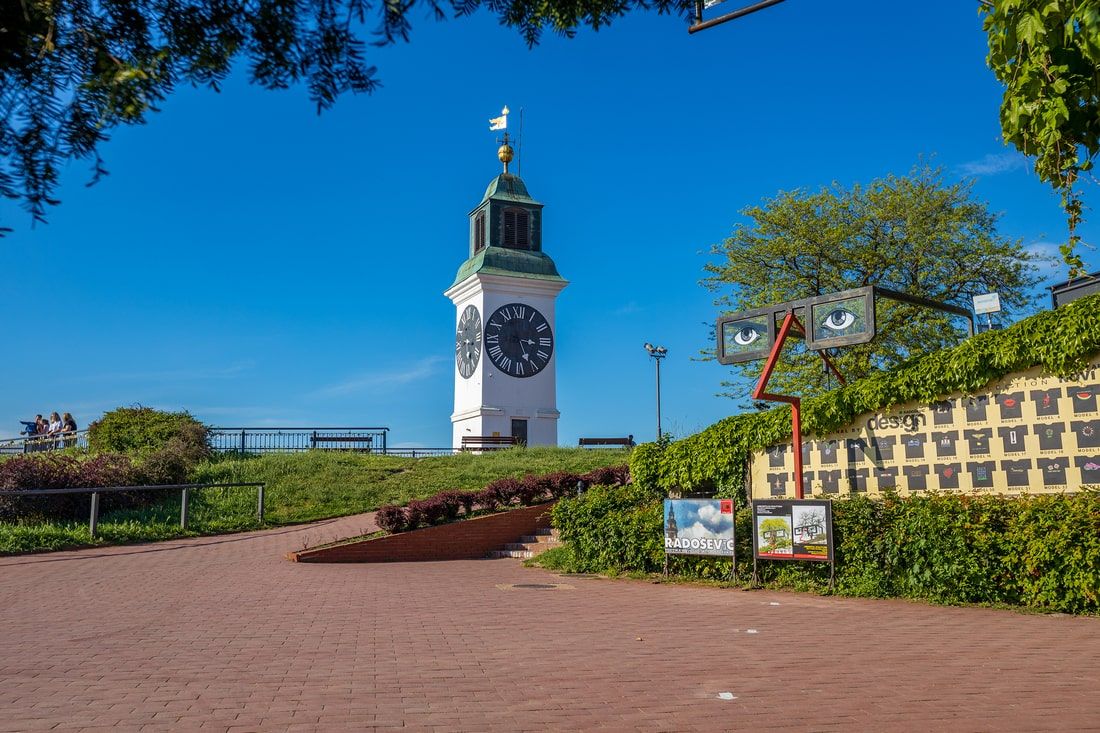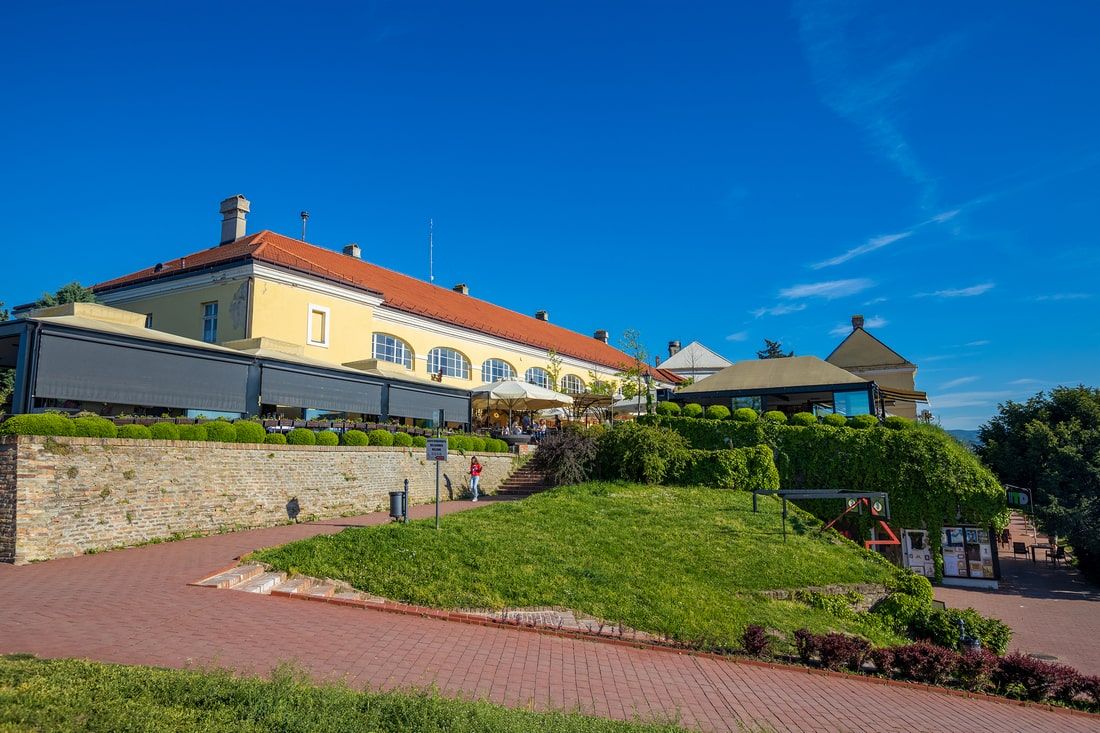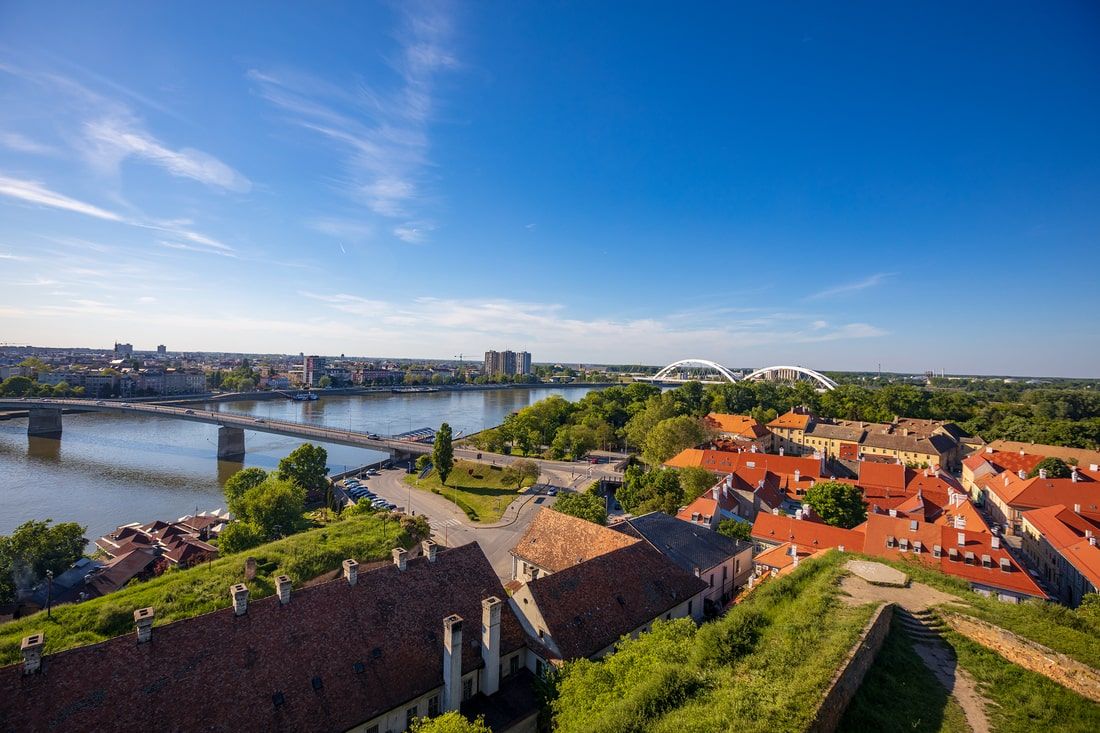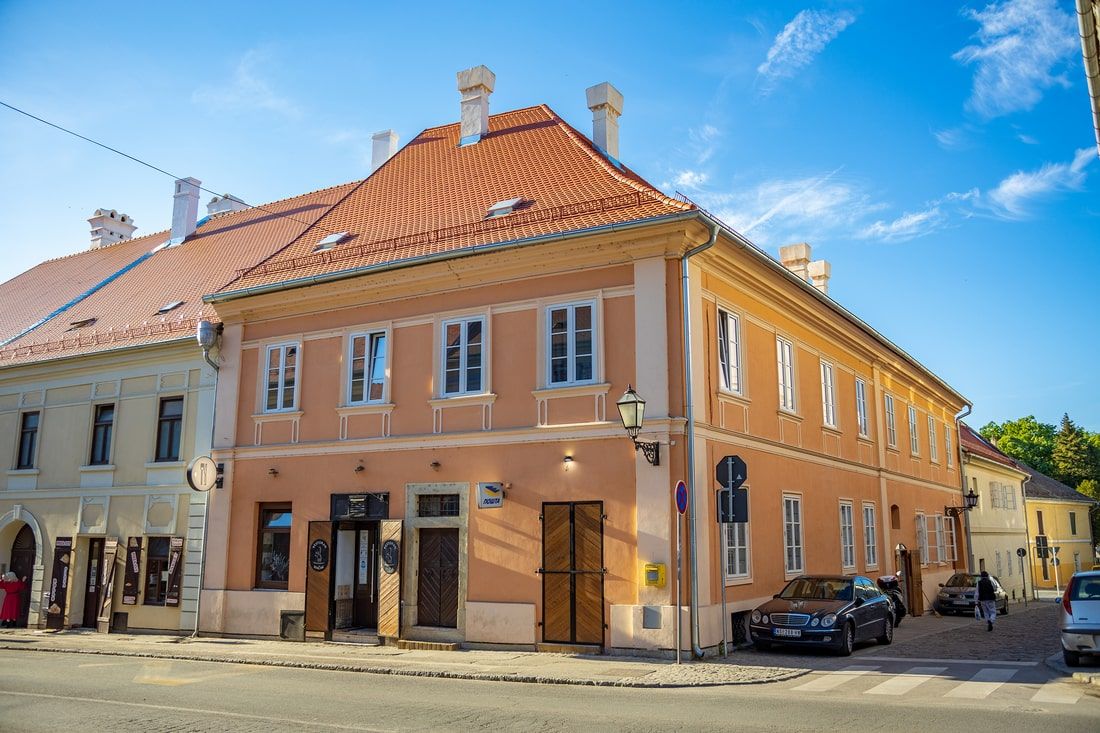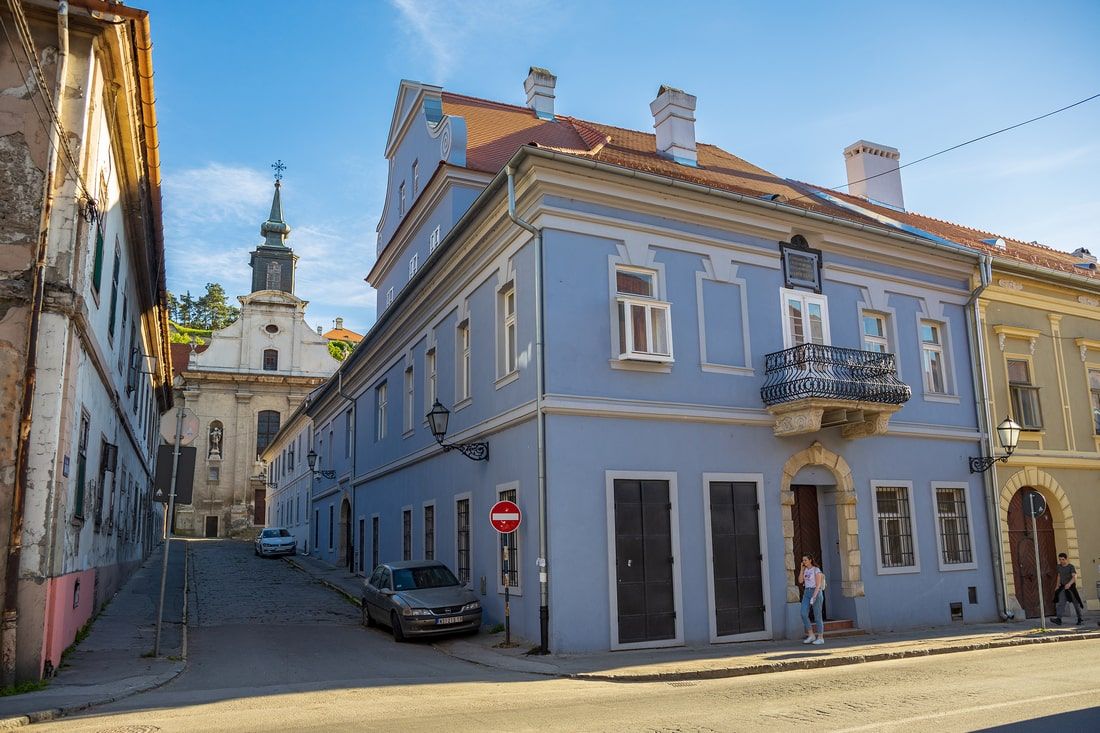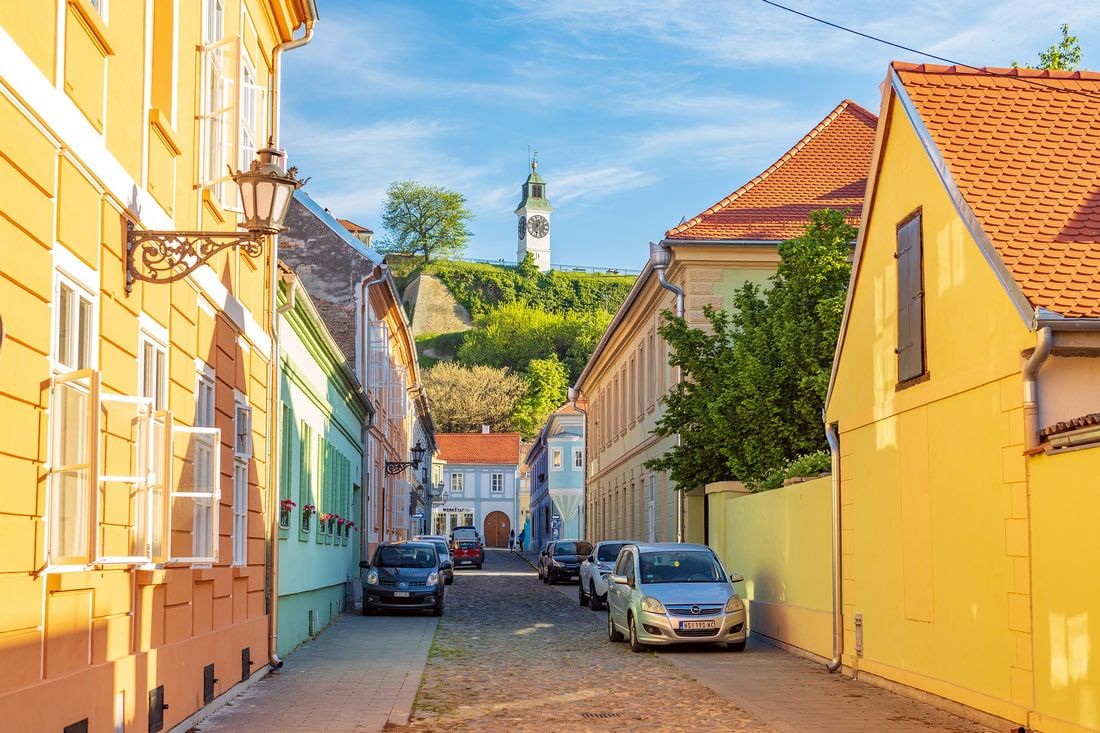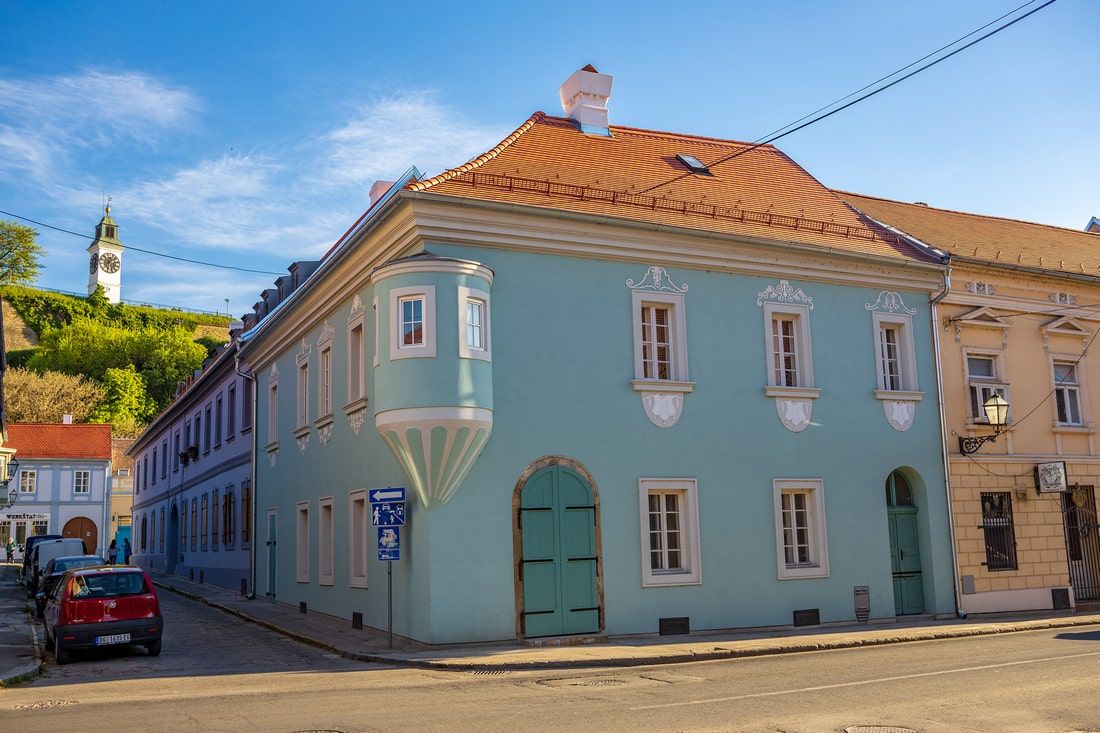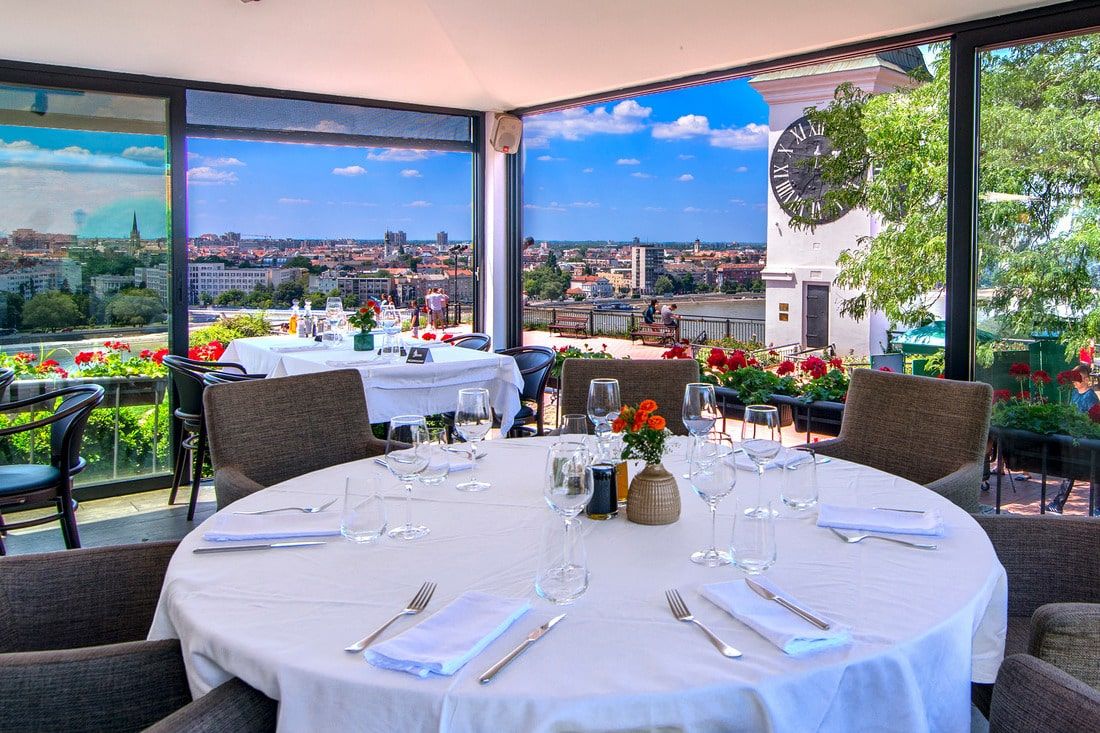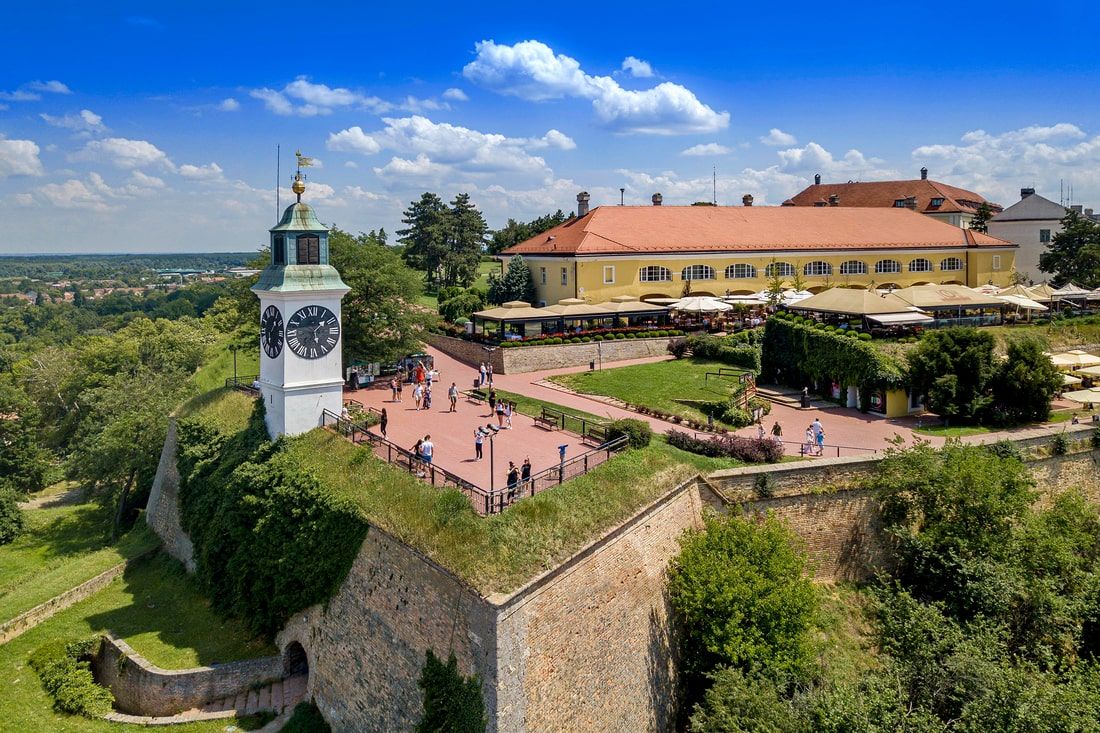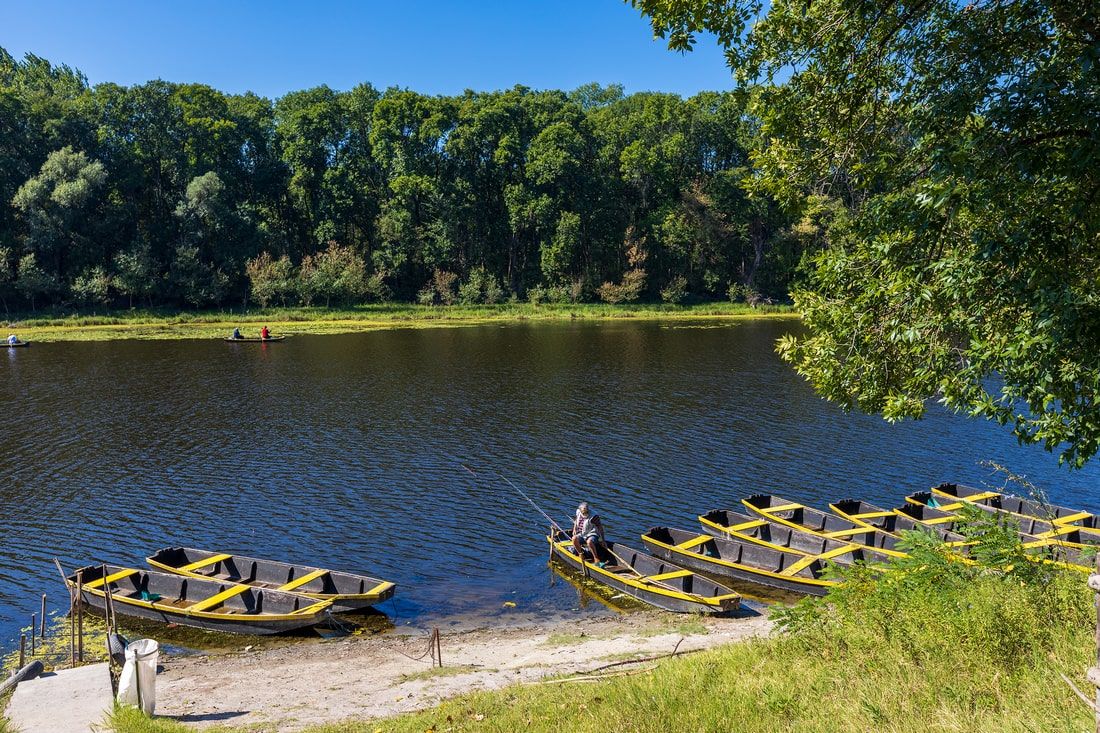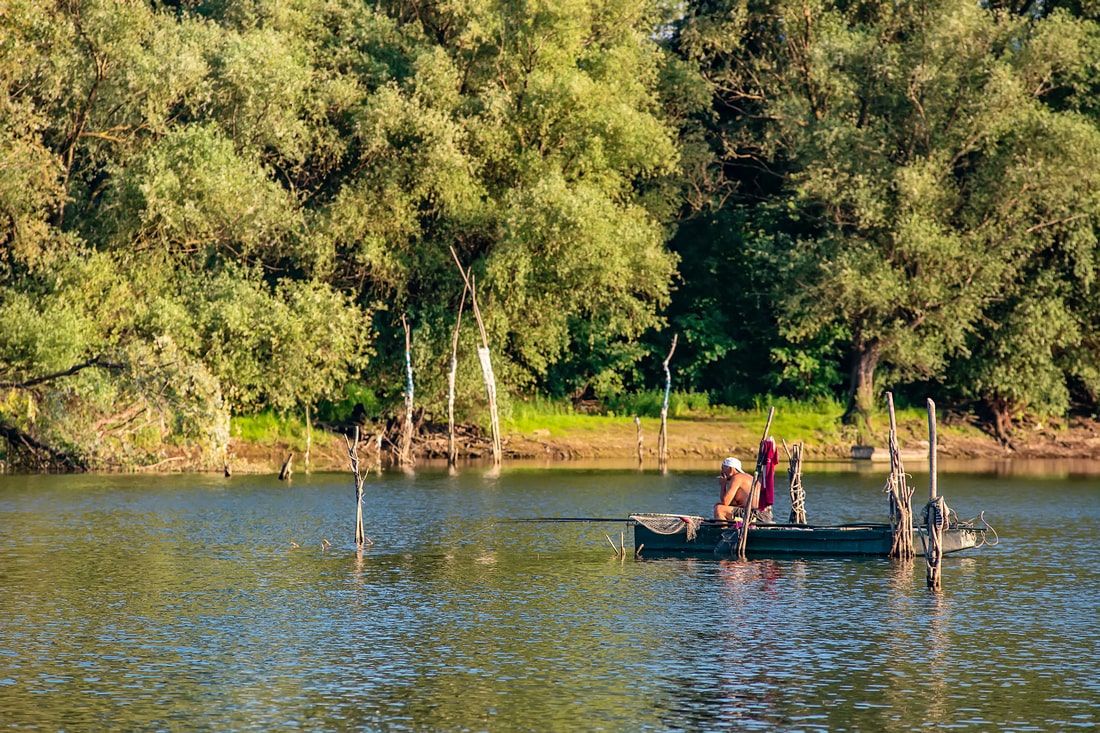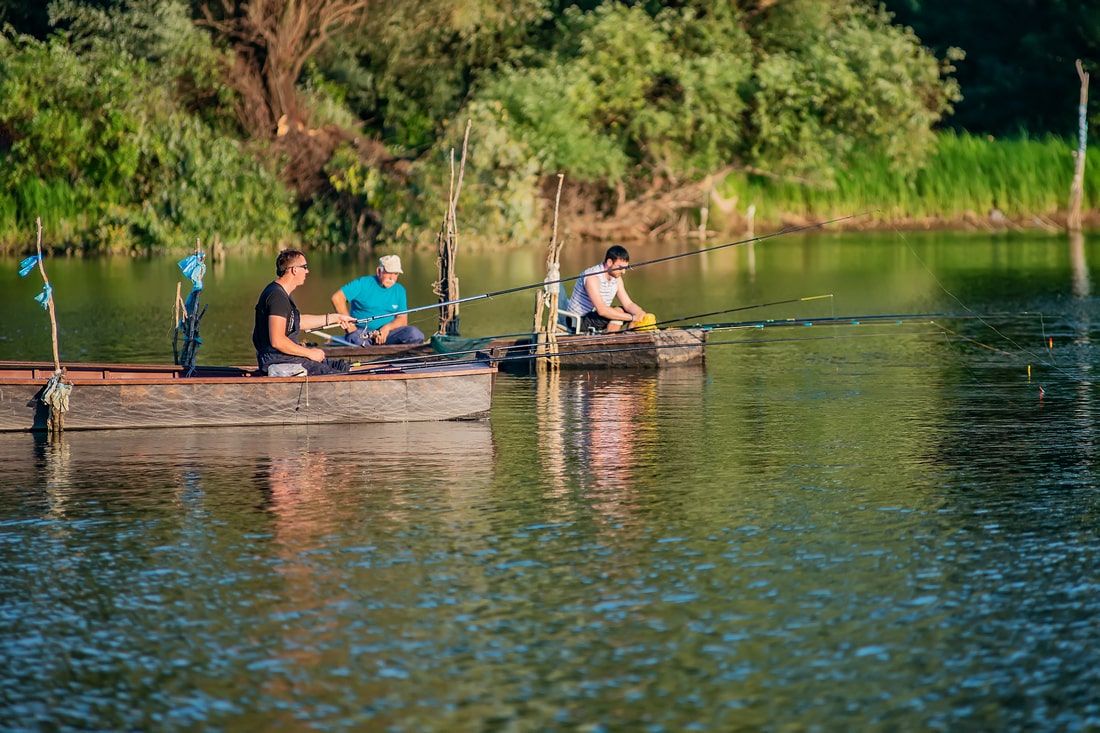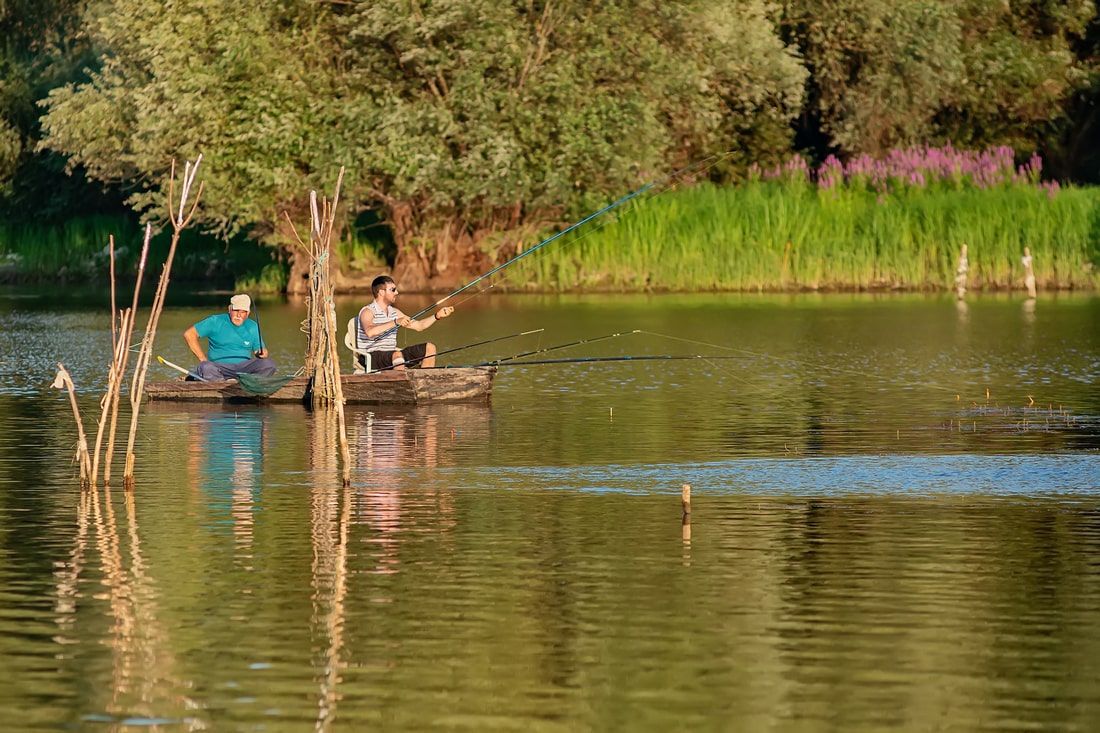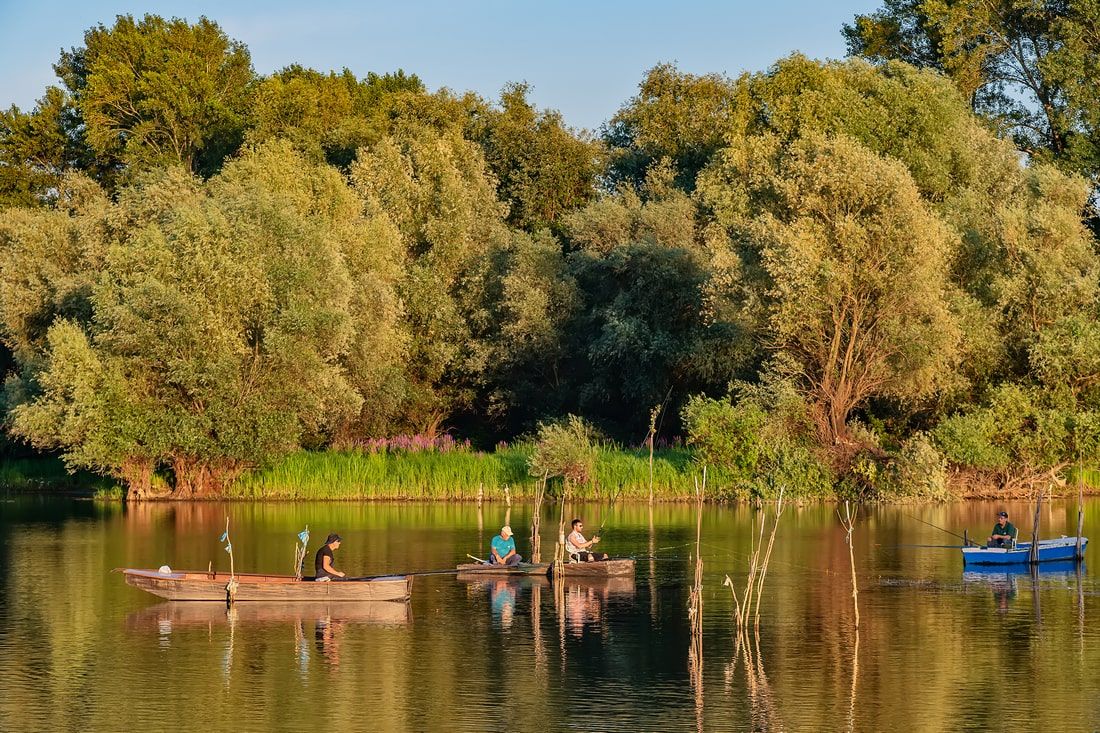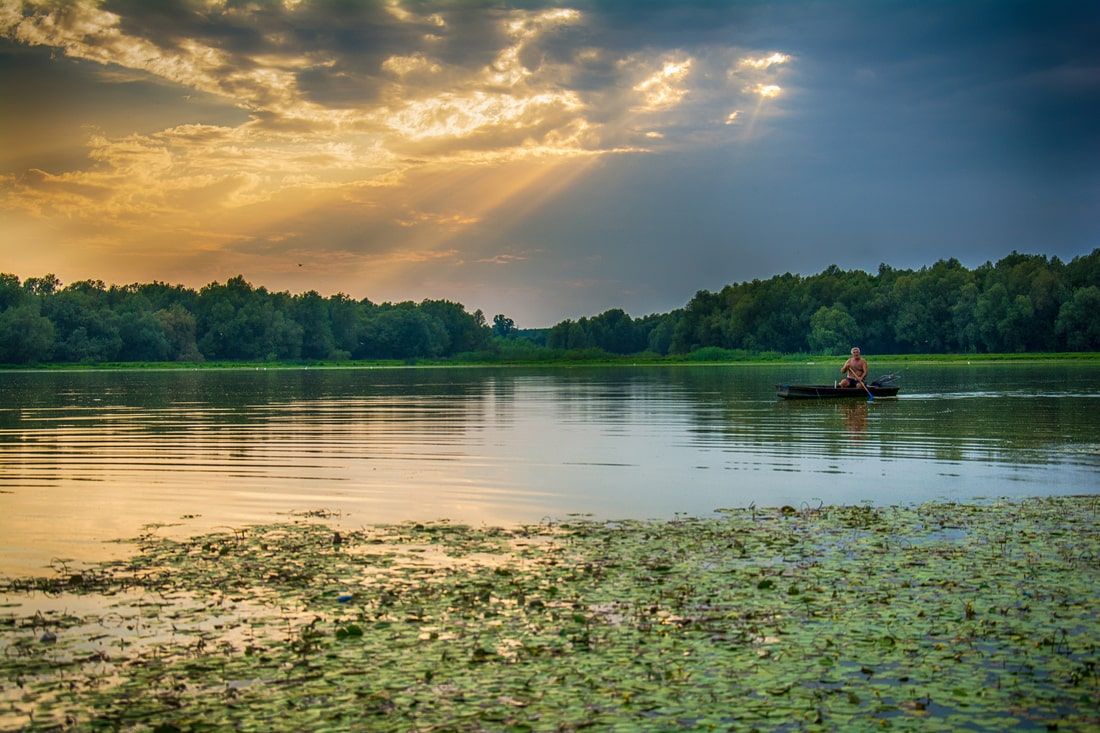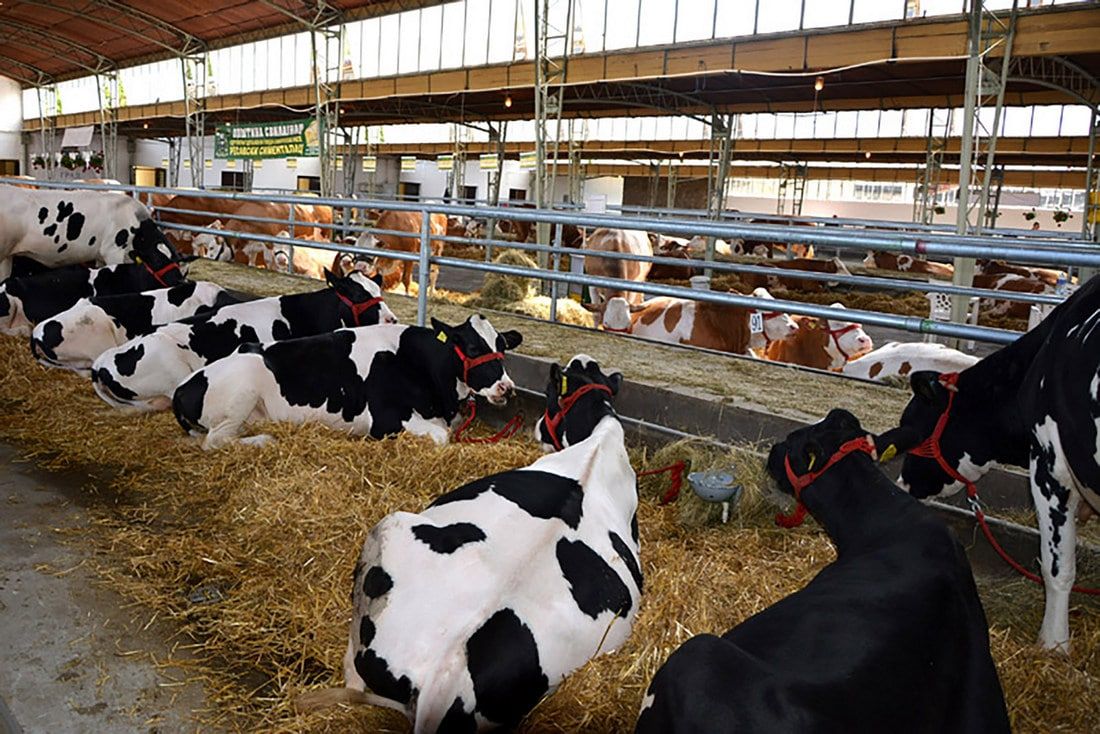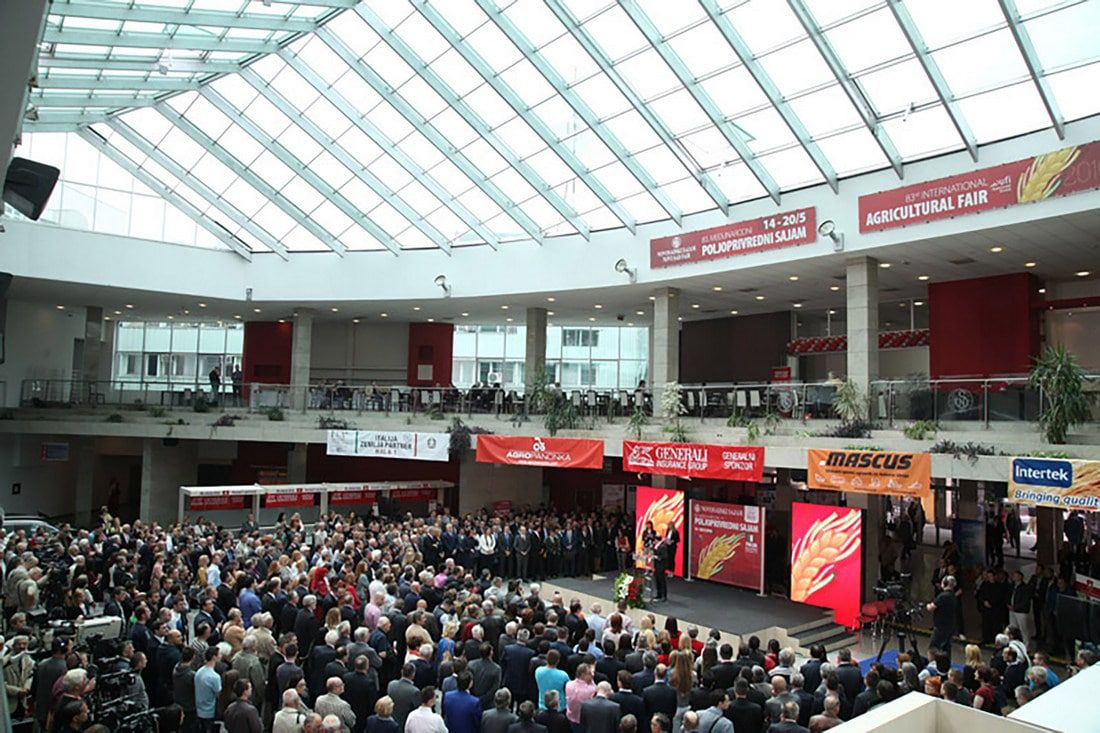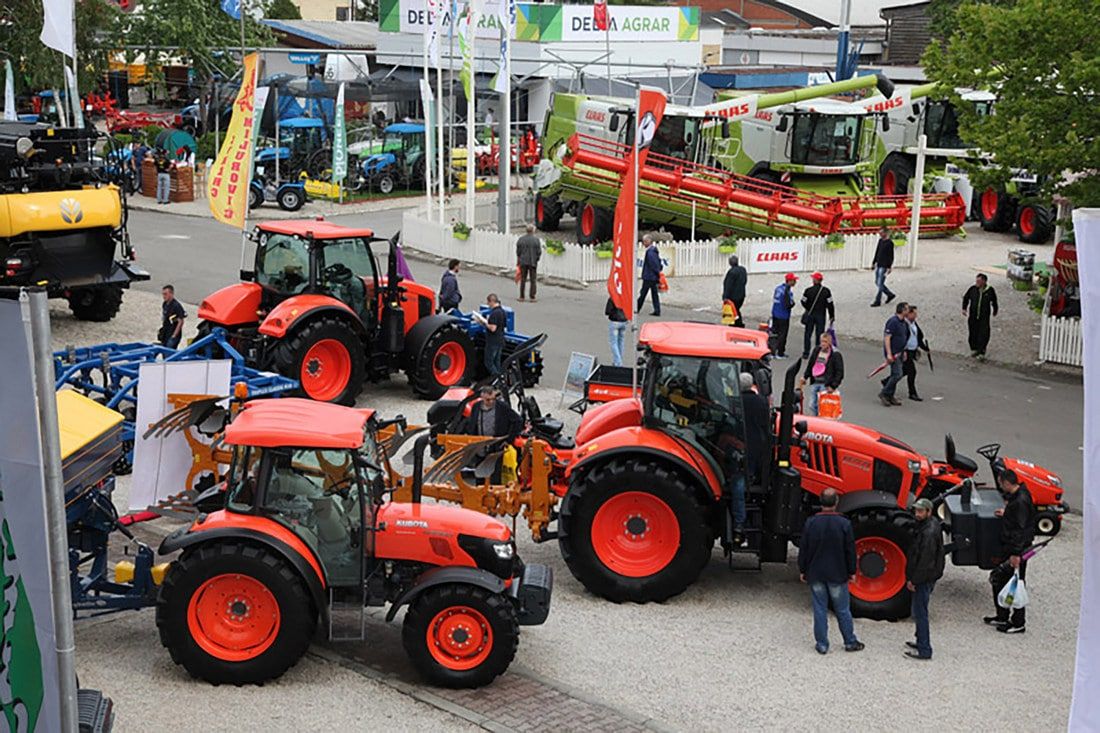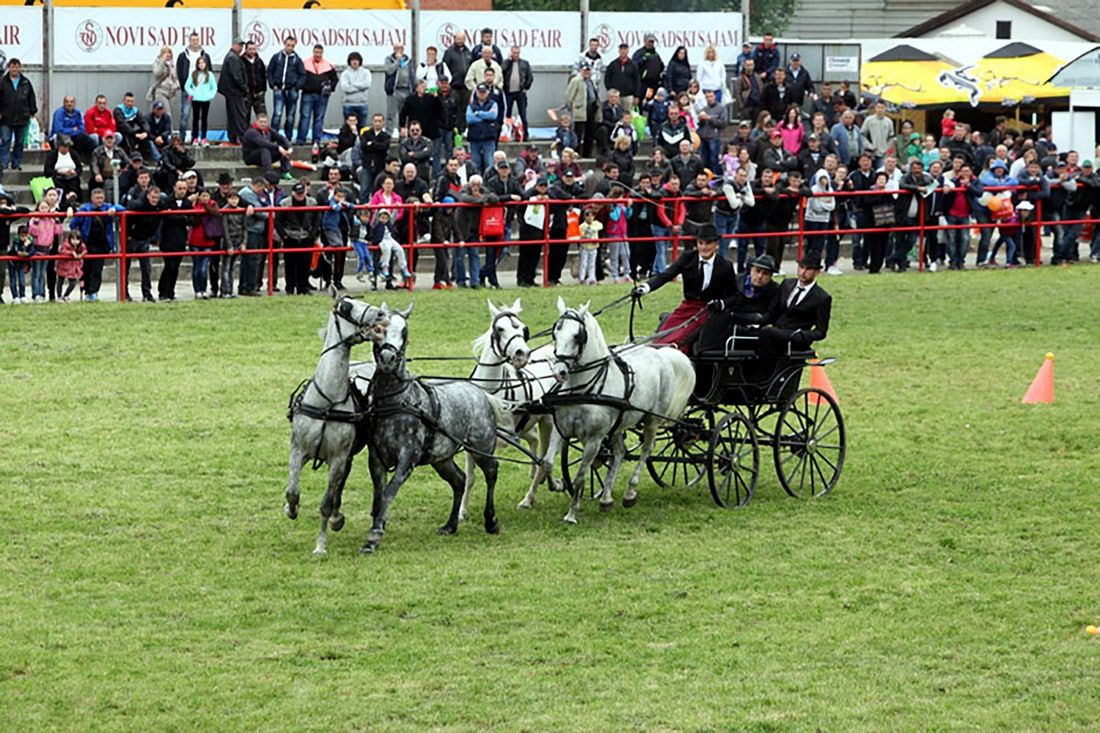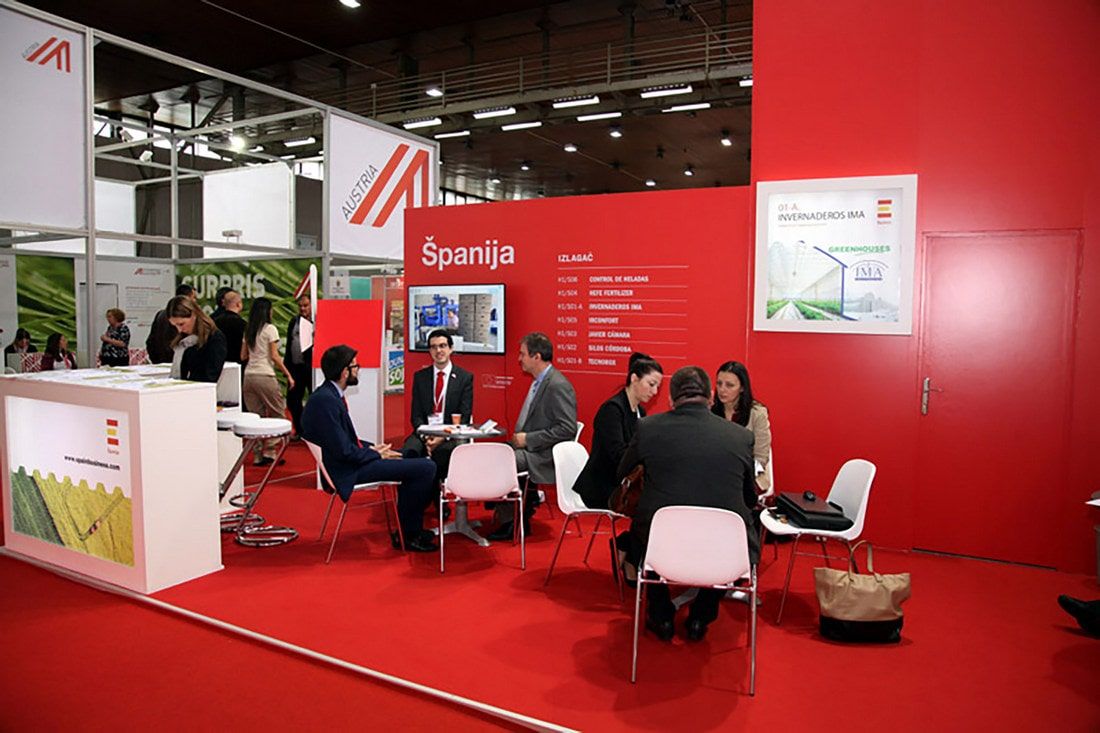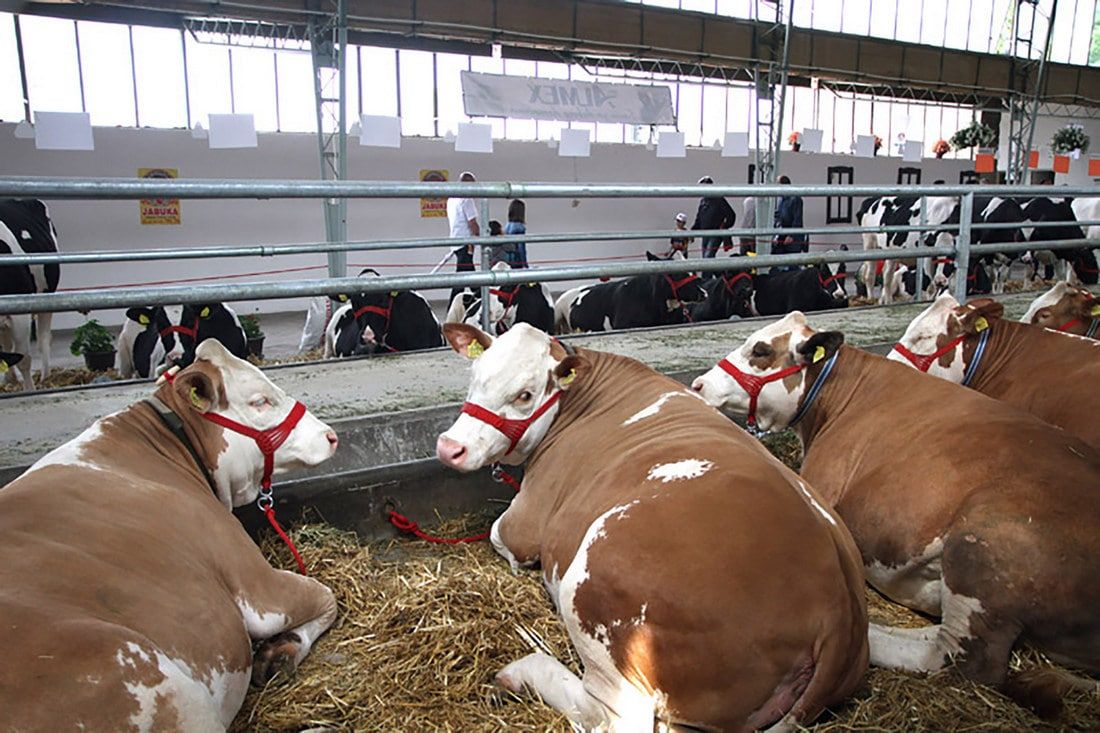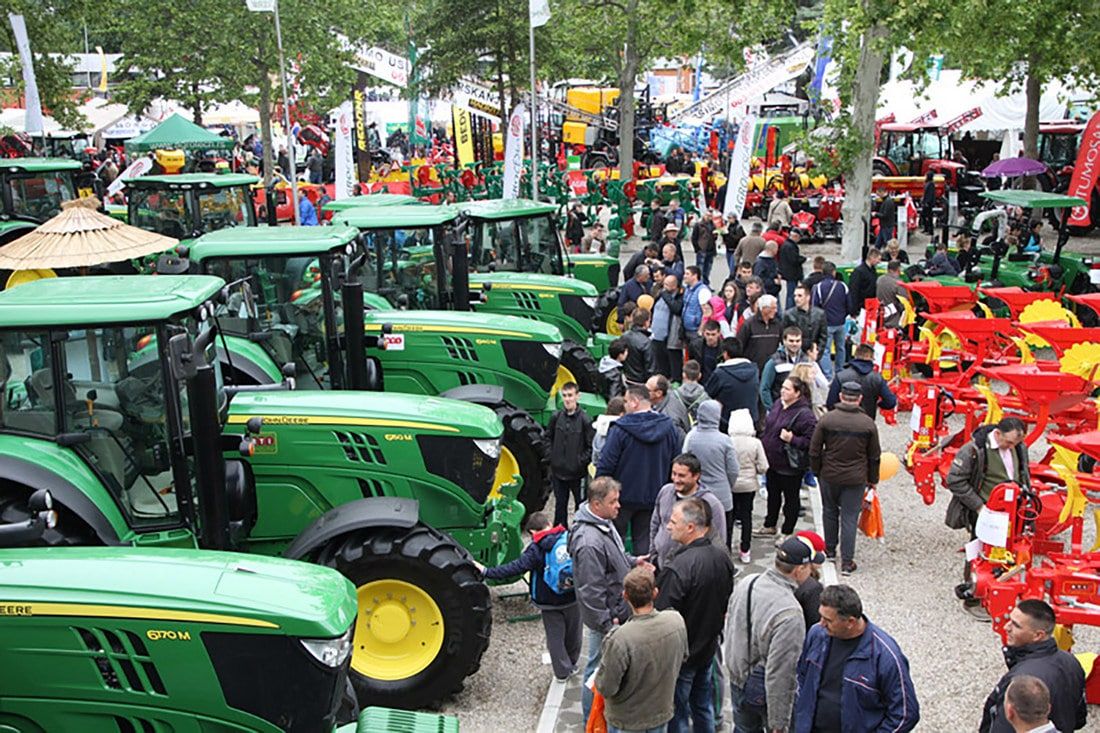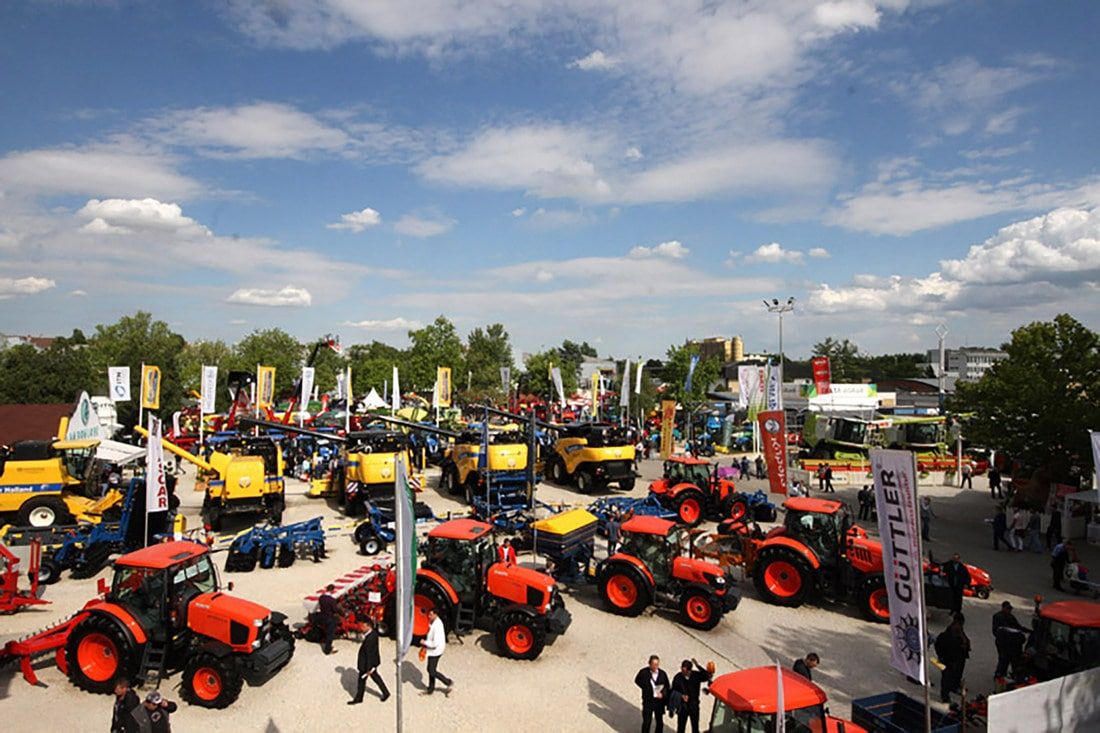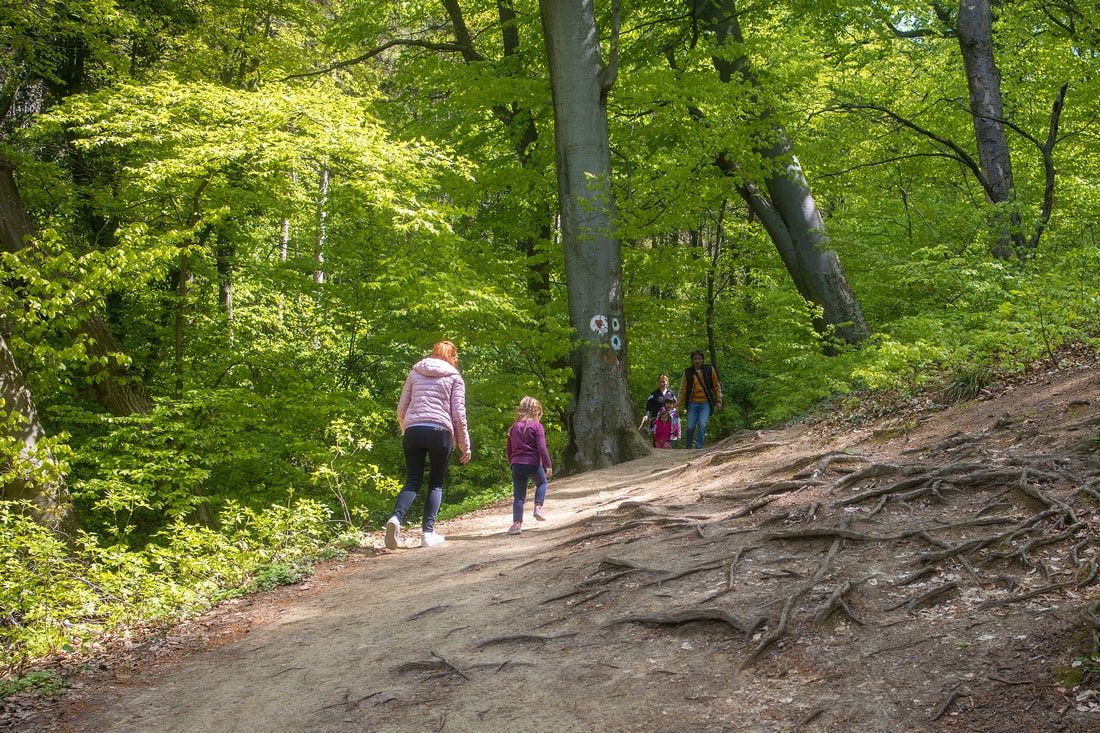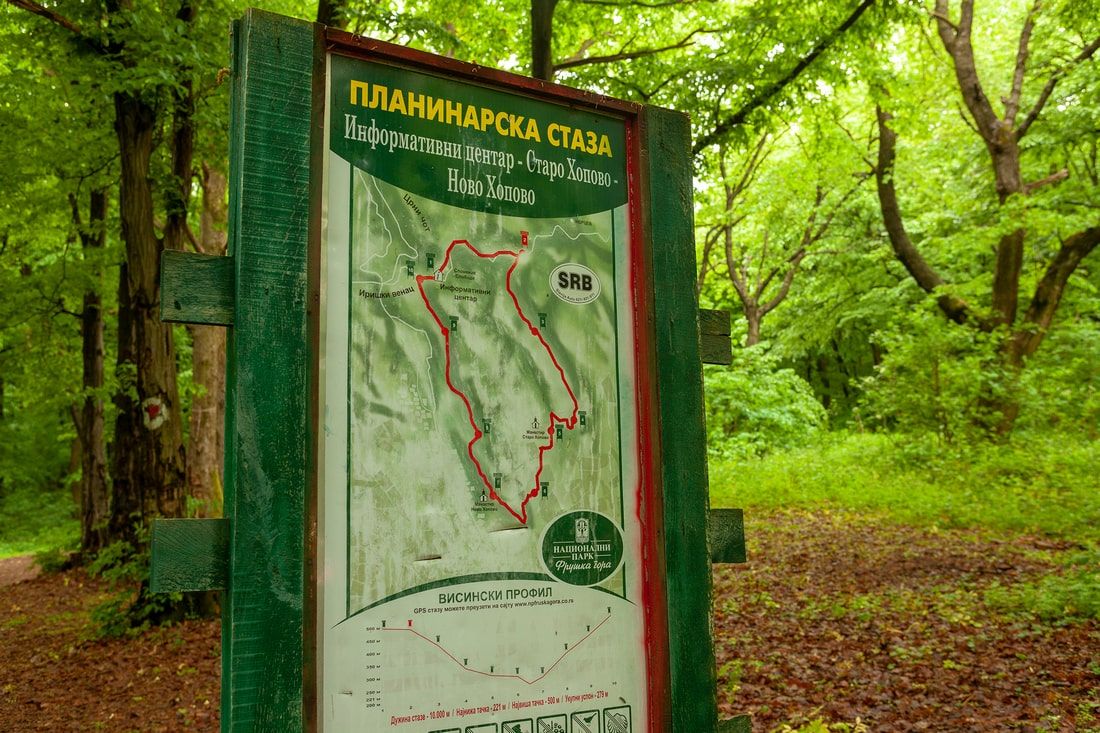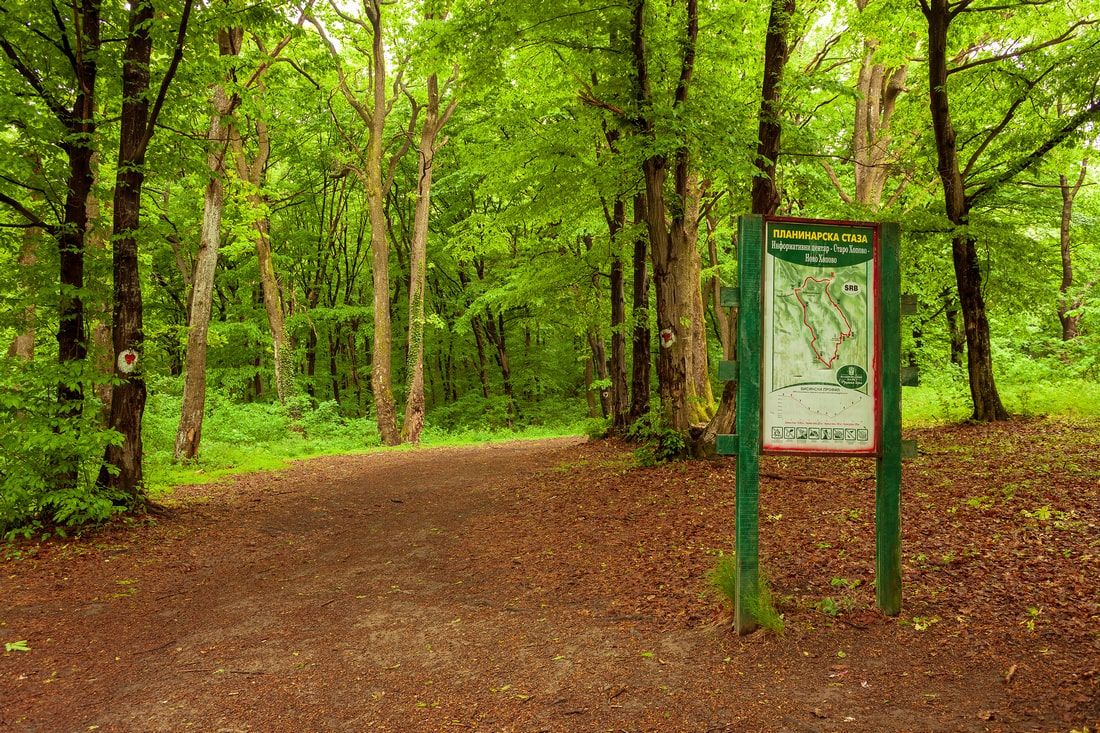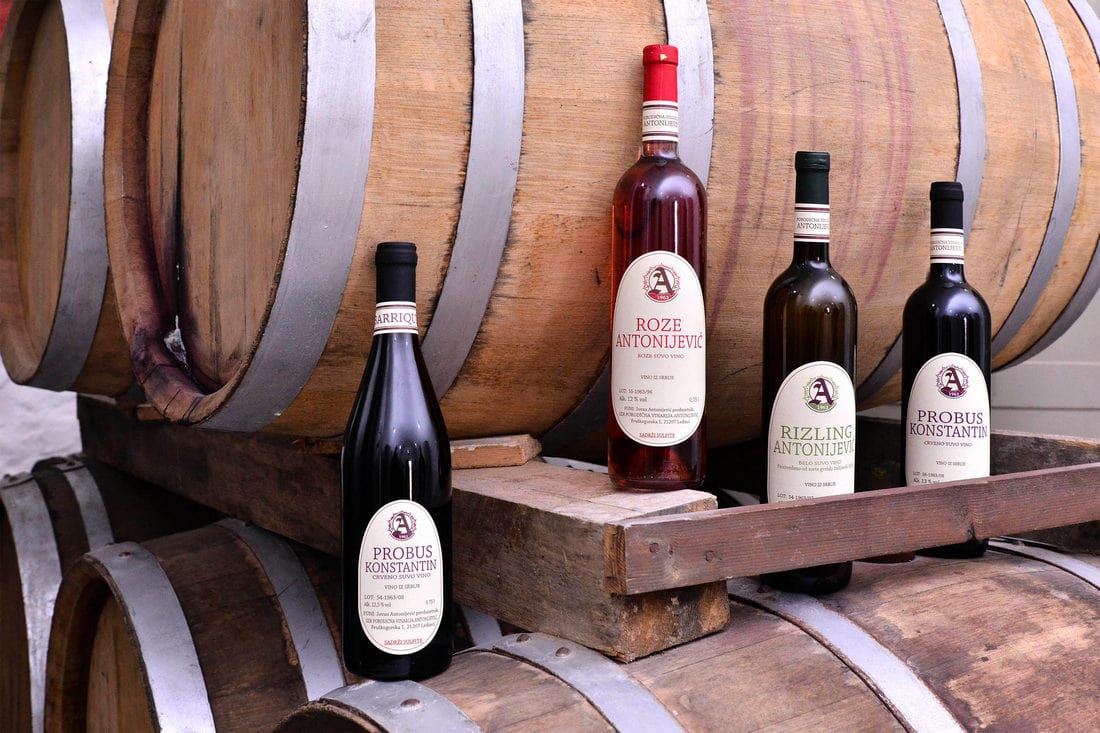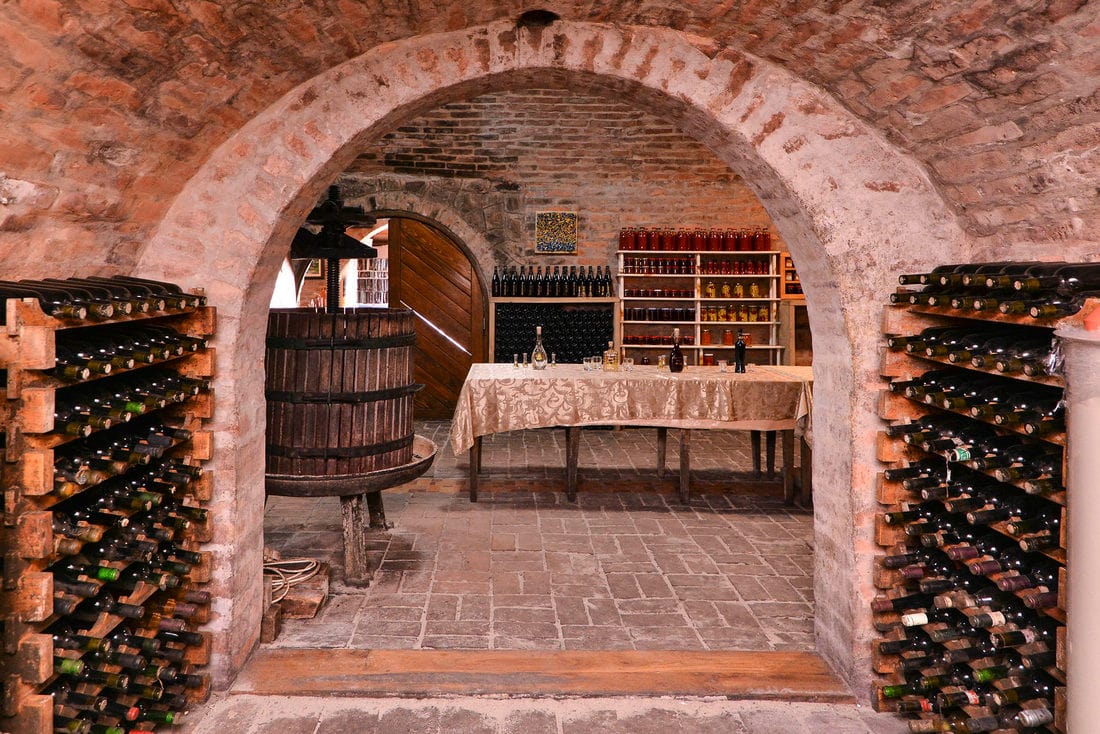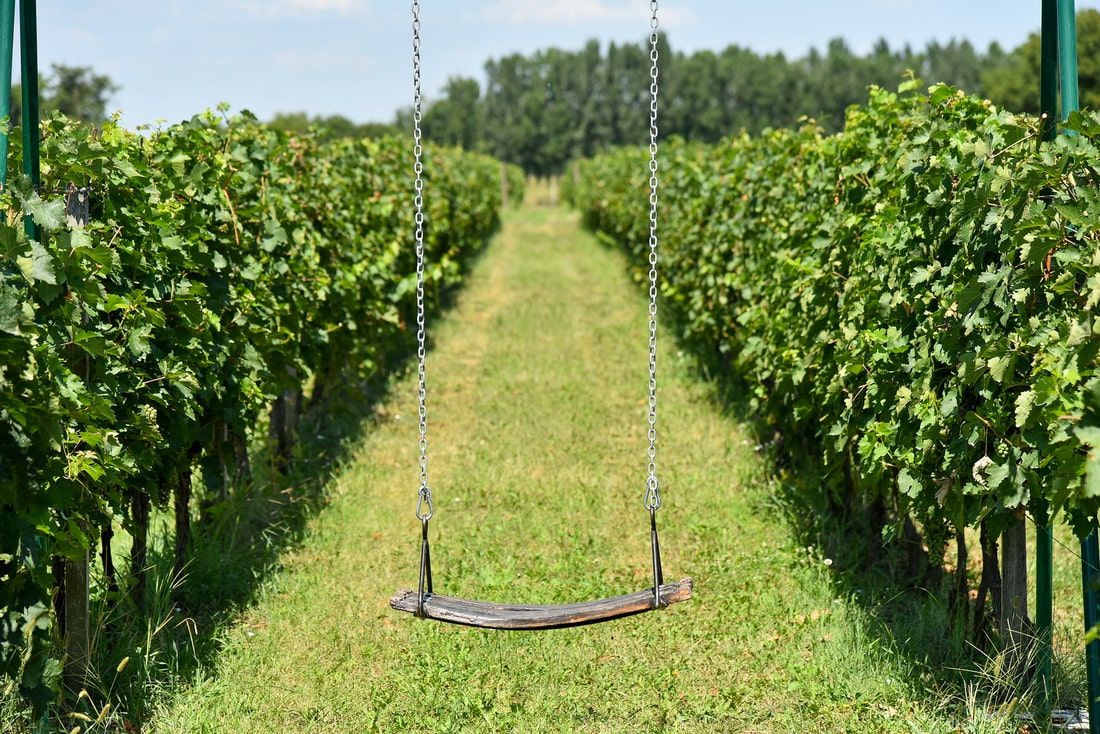52 Weekends - May
The old city core of Novi Sad
The central city core of Novi Sad is an exhibition pavilion of various architectural styles, from baroque to modern. Buildings and churches, landmarks of epochs and historical events, stand powerfully in a magnificent sequence along Zmaj Jovina and Dunavska streets. But, if you look more closely, you will see numerous passages that lead through the bowels of massive buildings to spaces where liveliness flickers.
Former courtyards today are often inventive spaces that hide cafes and restaurants with gardens, pubs, galleries, bookstores, pastry shops, some watchmakers, or other craftsmen, shops of various goods and souvenir shops. There are passages where during the summer heat you can relax under the canopy of a huge plane tree, buy a book, then eat a giant sandwich in the shop next door, or buy a special souvenir, but also those where during the rain or blizzard you can drink mulled wine, eat strudel and look at paintings at an exhibition taking place in the adjoining space.
Gordana Stojaković
Fruška Gora – places for relaxation and remembrance along Partizanski put
Partizanski put stretches along the central ridge of Fruška Gora in the east-west direction. Along this road, there are numerous places that remind us of the anti-fascist struggle of the people of Srem during the World War II. Today, many such places (usually marked with a monument or some other landmark) are accessible to picnic goers. They are our places for relaxation and remembrance. These are: Iriški venac, Široke ledine, Rohalj baze, Jabuka, Mošin grob, Lepinjicin grob and Ciganski logor.
Along the main ridge of Fruška Gora, there are also those places where it is safe to escape in the hot summer days. These are the well-known picnic areas Letenka, Osovlje and Brankovac, and the less visited localities of Orlova stena, Astali (Stolovi), Popov čot, and Kraljev izvor.
In the area defined by the main mountain ridge of Fruška Gora, six kilometres from Sviloš, there is Vila Ravne, built by the Italian nobles Odeskalki. After the Karlovci Peace Treaty, the Counts Odeskalki ruled a good part of Srem. They were great builders, also responsible for the development of winemaking, because at the beginning of the 19th century they founded a winery in Erdevik. Vila Ravne changed its owners and purposes. Today it belongs to the Government of the Autonomous Province of Vojvodina and is not available for visits. What is available are the preserved forests of beech, linden, oak and hornbeam that surround the Vila. Due to its natural values, the Ravne site is under the strictest protection regime. Beech forests at the Ravne site have been nominated to be entered in the register of “Ancient and untouched beech forests of the Carpathians and other parts of Europe”.
Gordana Stojaković
Petrovaradin Fortress
Petrovaradin Fortress, also known as “Gibraltar on the Danube”, is one of the largest, best preserved and most complex fortresses in Europe, a true masterpiece of military architecture of the 18th century. The Upper Town is dominated by the most recognizable symbol of Novi Sad, the Clock Tower or “Drunk Clock”, which offers the most beautiful view of Novi Sad, the Danube and the slopes of Fruška Gora. The old walls and gates will take you back for a moment to the past and the time when the fortress was unconquerable. Once barracks and military facilities on the Fortress, today there are restaurants, cafes, but also art studios and institutions such as the City Museum, Atelier 61, and Planetarium.
At the foot of the Fortress there is the Lower Town (“Gradić”), a romantic baroque quarter of colourful old houses intersected by narrow streets. The Roman Catholic Church of St. George with a mystical crypt, the Serbian Orthodox Church of St. Paul, as well as the birth house of Ban Josip Jelačić give a special value to Gradić. Petrovaradin Fortress also hosts the most famous Novi Sad festivals such as EXIT, the Festival of Street Artists and the Tamburica Fest.
More details can be found at the following link: https://novisad.travel/petrovaradinska-tvrdava/
Miloš Dunjić
Kovilj – a fishing paradise
Many will find a way to rest, relax and forget about time and obligations on the waters or river banks indulged in fishing. The Novi Sad area has always been directed to the Danube and its arms. One of the most famous fishing destinations in Novi Sad is certainly Kovilj and Kovilj-Petrovaradin Marsh. People mostly fish at the locations of Arkanj, Šlajz and Tikvara, and if you are skilled and patient enough, you will come across carp, pike, silver carp, bream, but also other fish species.
At the restaurant “Na kraj sveta” (“At the End of the World”) at Arkanj, you can rent a boat and let yourself to the charms of the Danube arms. Daily or annual fishing permits are obtained at the address of the Forest Administration Kovilj (JP Vojvodina šume) Duška Vickova 41, or at the fish keeper’s.
Miloš Dunjić
Agricultural Fair
Novi Sad Fair is one of the most prestigious fair institutions in this part of Europe the roots of which can be found in the 19th century, although the first official activity in a modern form is considered to be the First Novi Sad Exhibition of Craft, Industrial and Agricultural Products from 1923. Since then the Novi Sad Fair has been and remained a prestigious meeting place for representatives of various industries and businesses who present their own products and services, do business with business partners and customers, and gain knowledge about the latest trends in the areas in which they operate.
Among the fairs of cars, sports, energy, ecology, education, goldsmithing, media, fashion, books and others organized within the Novi Sad Fair, the International Agricultural Fair and the International Fairs of Hunting and Fishing, Tourism, Ecology and Sport – “LORIST” stand out in importance, tradition and number of visitors.
Thanks to the International Agricultural Fair, Novi Sad becomes the European regional capital of agriculture in May. In the halls of the Novi Sad Fair, agricultural products, land cultivation machines are exhibited; among which tractors attract the most attention, as well as everything that is needed for fruit and vegetables growing and livestock breeding. Among the exhibition spaces are traditionally those where the National Livestock Exhibition is held, where visitors often photograph purebred cows, sheep and unofficial stars of the show – bulls weighing from a ton and a half to two.
Gordana Stojaković
Hiking along the Fruška Gora paths
Hiking is extremely important for physical and mental health and fitness. Organized hiking at Fruška Gora has a long tradition among the residents of Novi Sad. The mountaineers marked a large number of trails of different lengths and weights with different colours. Marked trails usually start from the famous Fruška Gora picnic areas (Stražilovo, Paragovo, Popovica, Iriški Venac, etc.).
On the routes of hiking trails, there are beautiful areas of deciduous forests and meadows, lookouts, streams, lakes, and in addition to the rich flora and fauna, there are also monasteries and monuments of the National Liberation War. The tracks of the Fruška Gora and Bukovac marathons are especially recognizable. The National Park Service also marked certain educational and recreational trails with information boards.
The best and safest way to get to know Fruška Gora on foot is to join the organized hiking tours of mountaineering associations and become a member of some of them – PSD Poštar, PSD Železničar, PD Naftaš, PD Fruška Gora, and PD Vilina Vodica. Hiking tours are organized according to different levels of difficulty, so they are available not only to experienced mountaineers but also to beginners. Hiking for parents with children is also available. Hiking guides will best help you prepare for getting to know Fruška Gora.
You can find more details at the following link: https://novisad.travel/aktivan-odmor/
Miloš Dunjić
Novi Sad and Temerin winemakers
It may be an unusual claim for contemporaries that an urban, densely populated Novi Sad has winemakers and winegrowers within the city perimeters. Historiography records that in the first half of the 18th century, the inhabitants of the town, which was then called Petrovaradinski Šanac (Petrovaradin Trench), had about three hundred vineyards on the Srem, Fruška Gora side of the Danube. The phenomenon was so widespread that almost every middle-class family had its own vineyard. The need for wine production was so great that those inhabitants of the Trench who cultivated the vineyards on the monastery estates agreed to high levies – a dozen and a hoe (one hoe was about 1000 m2) just to have a vineyard. Contemporary Novi Sad winegrowers and winemakers are the heirs of both that viticultural skill and the passion associated with the grapevine and wine.
Today, Novi Sad wine trails stretch on both the Bačka and Srem sides of the city. On the Bačka side there is Vinski podrum Do kraja sveta (Wine Cellar Until the End of the World) in Kovilj, Vinarija Vojnović (Vojnović Winery) in Begeč, and Vinogradi i Vinarija Vindulo (Vindulo Vineyards and Winery) and Craft Kabach Winery in the nearby municipal centre of Temerin, while in the city centre many wine shops suggest to visitors that the area is par excellence wine region.
As soon as you cross from the Bačka part of Novi Sad to the Srem side, you can visit several Novi Sad winemakers: Podrum Šukac (Šukac Wine Cellar) in Sremska Kamenica, Porodična vinarija Antonijević (Antonijević Family Winery) and Podrum Miljević (Miljević Wine Cellar) in Ledinci, Vinarija Salaxia (Salaxia Winery), Organska vinarija Imperator (Imperator Organic Winery) and Vinarija Dumo (Dumo Winery) in Rakovac and taste their wines, and listen to stories about the tradition of winemaking that have been kept as bequests for generations. Modern assortment of grapes for the production of white Fruška Gora wines is a part of tradition: Italian Riesling, Chardonnay, Župljanka, Sauvignon, Traminer, Neoplanta, Sila, Rhine Riesling, etc., and for red wines: Merlot, Probus, Frankovka, Portuguiser, Cabernet Sauvignon, Cabernet Franc, Pinot Noir, etc.
You can find more details at the following link: https://novisad.travel/vinski-put-1/
Gordana Stojaković
